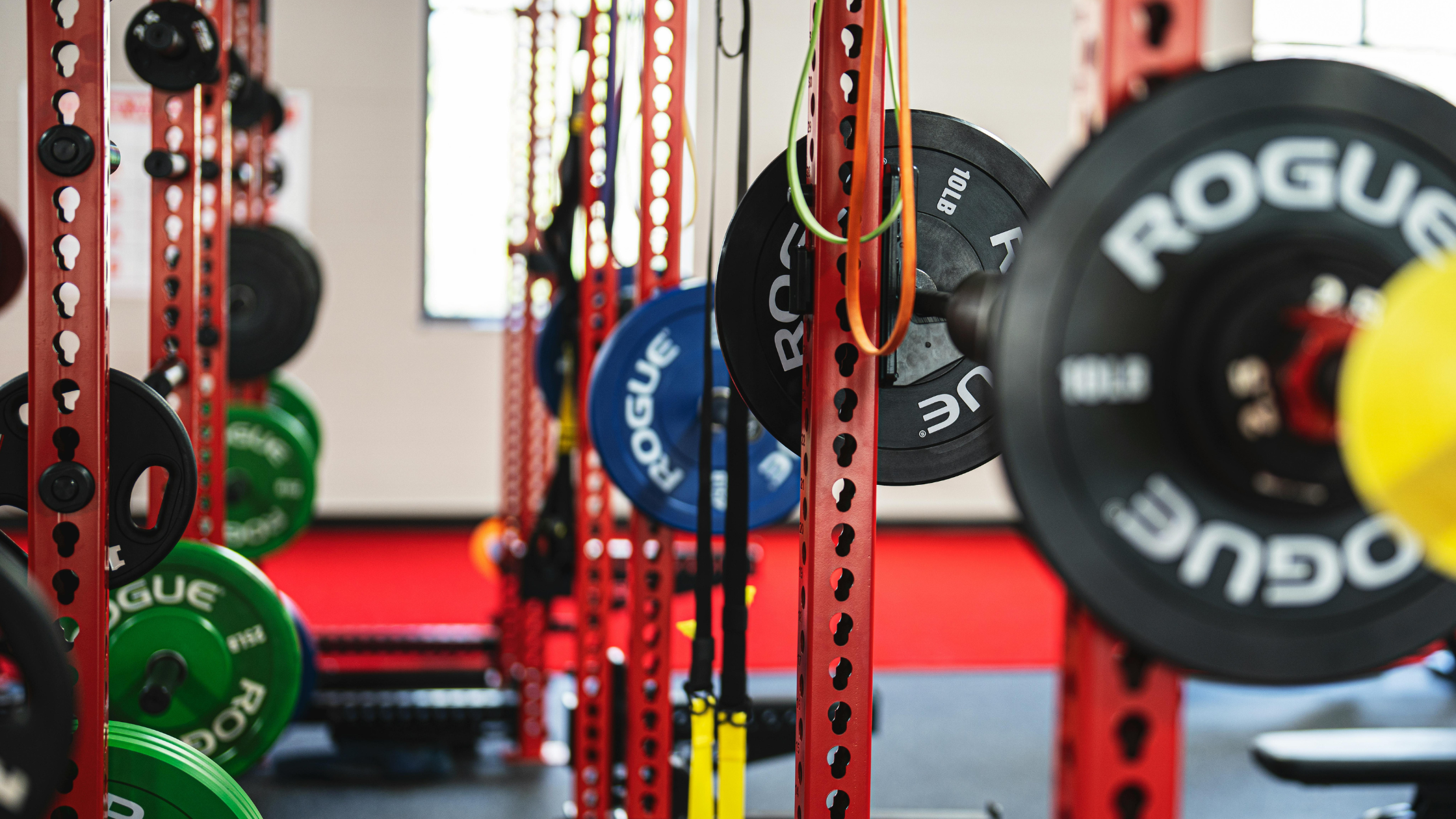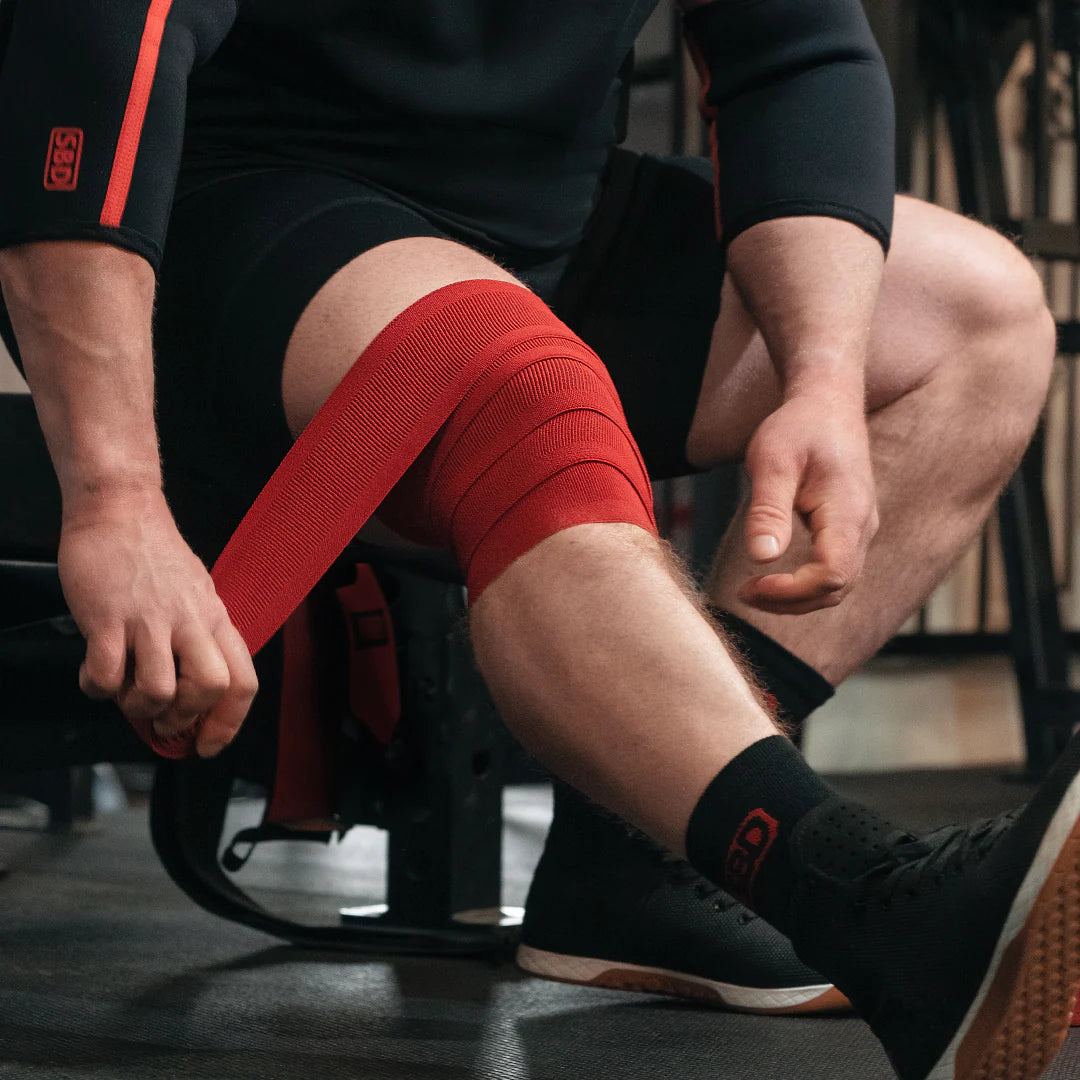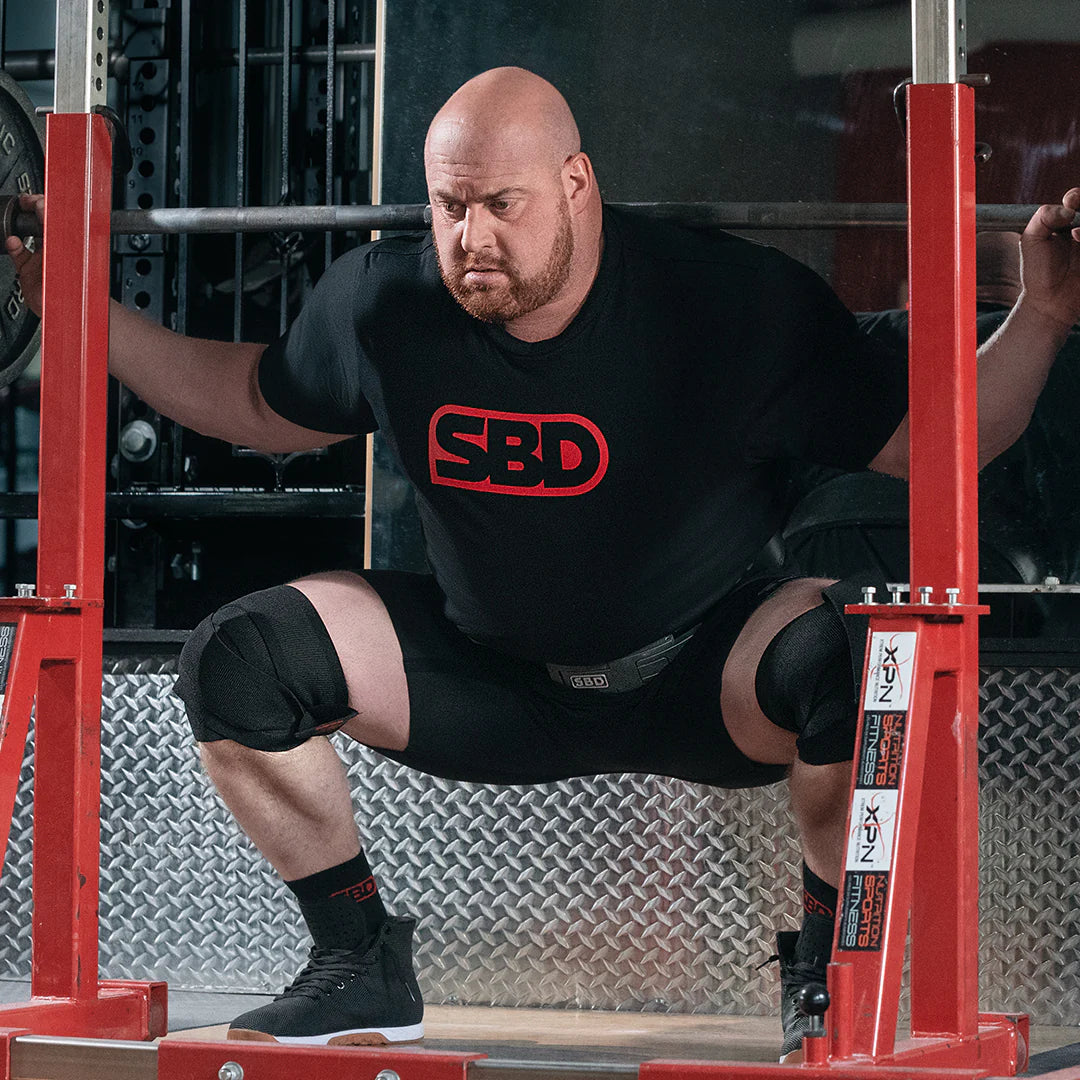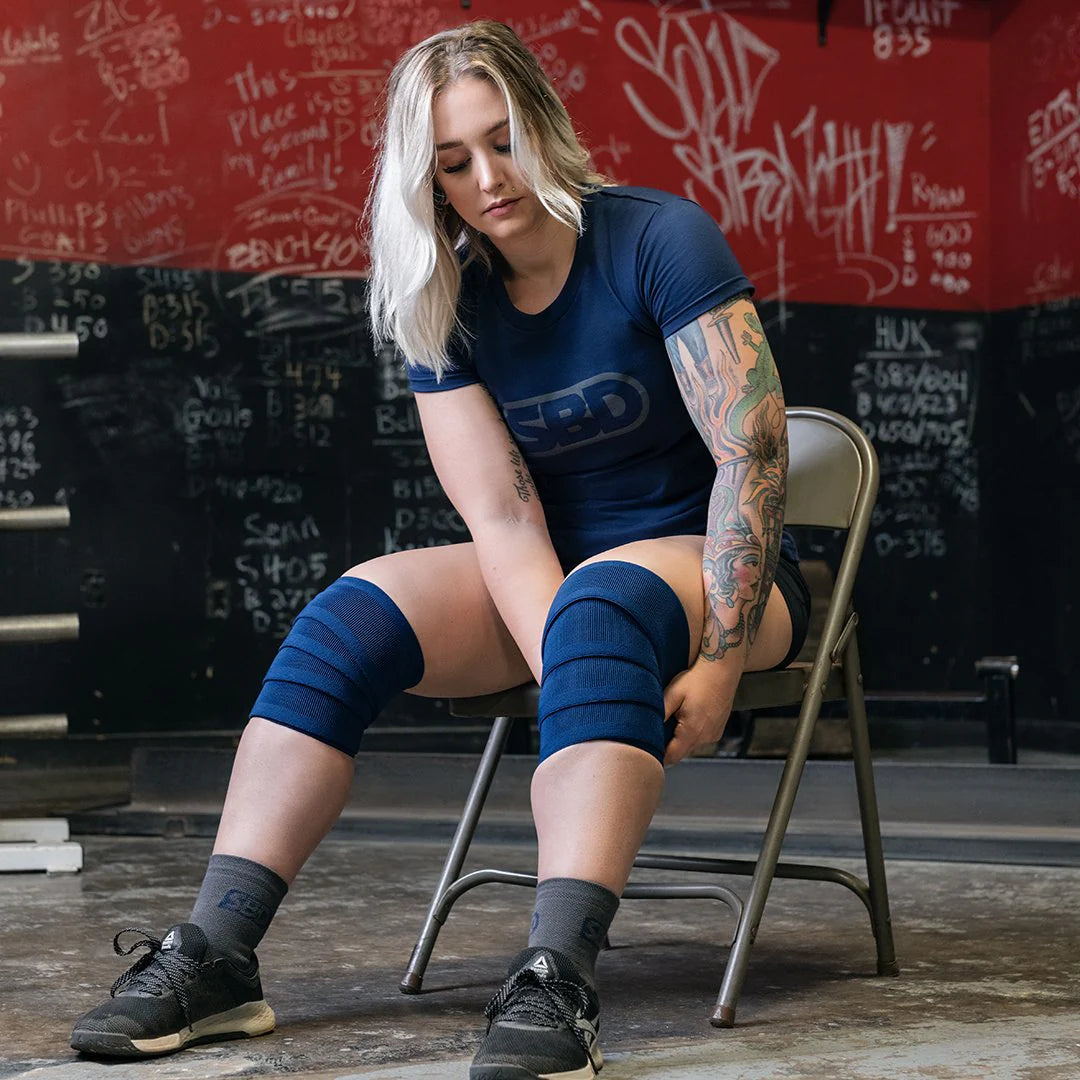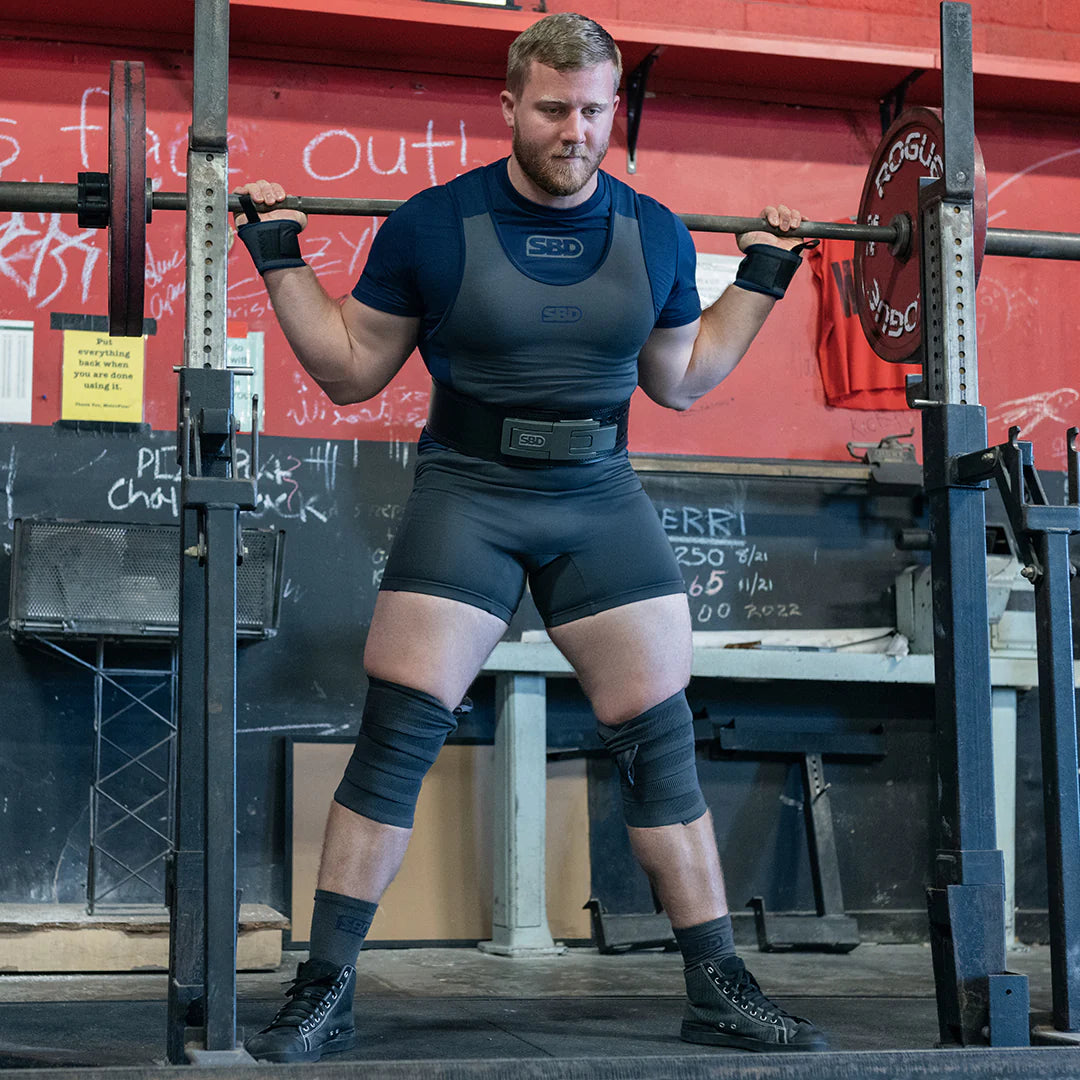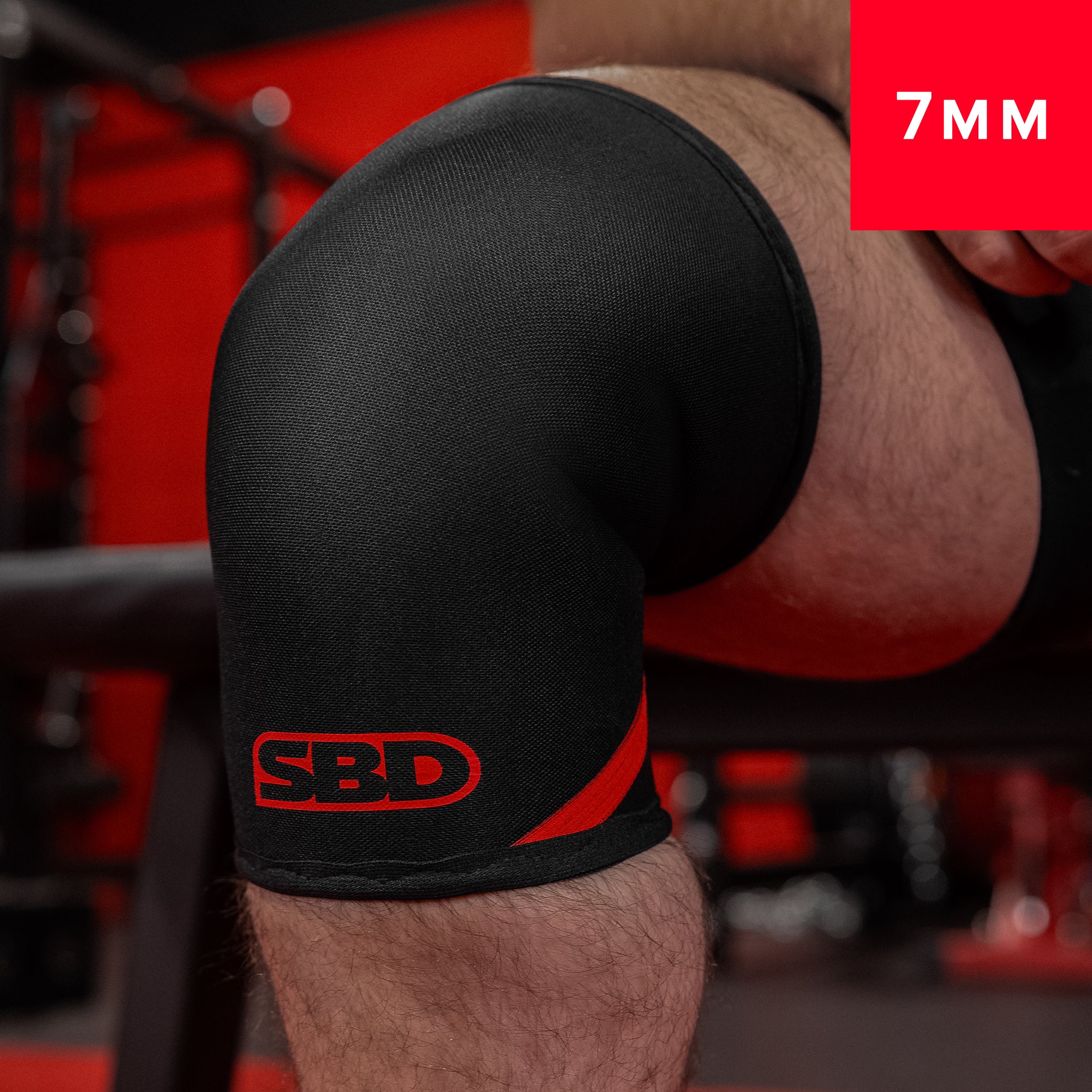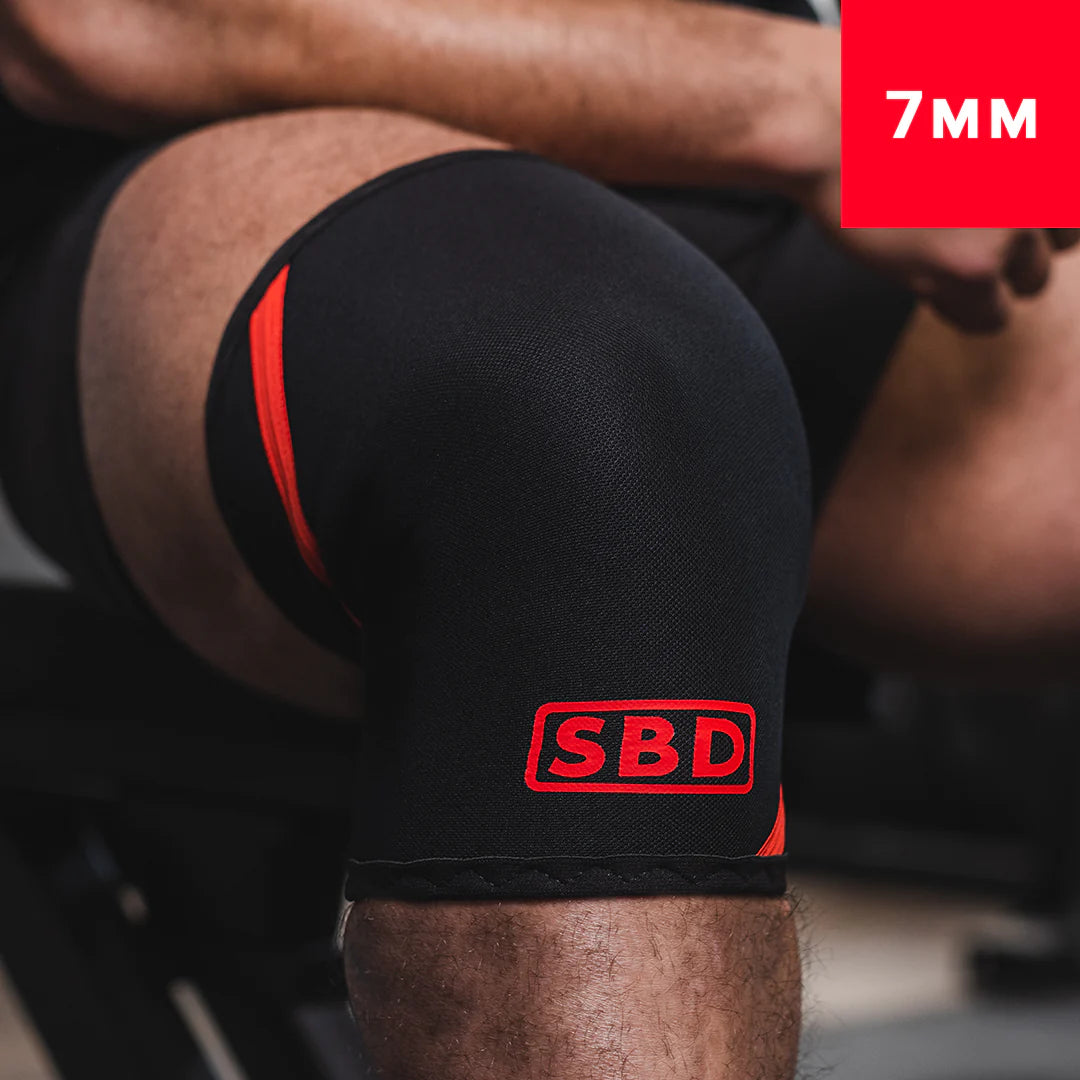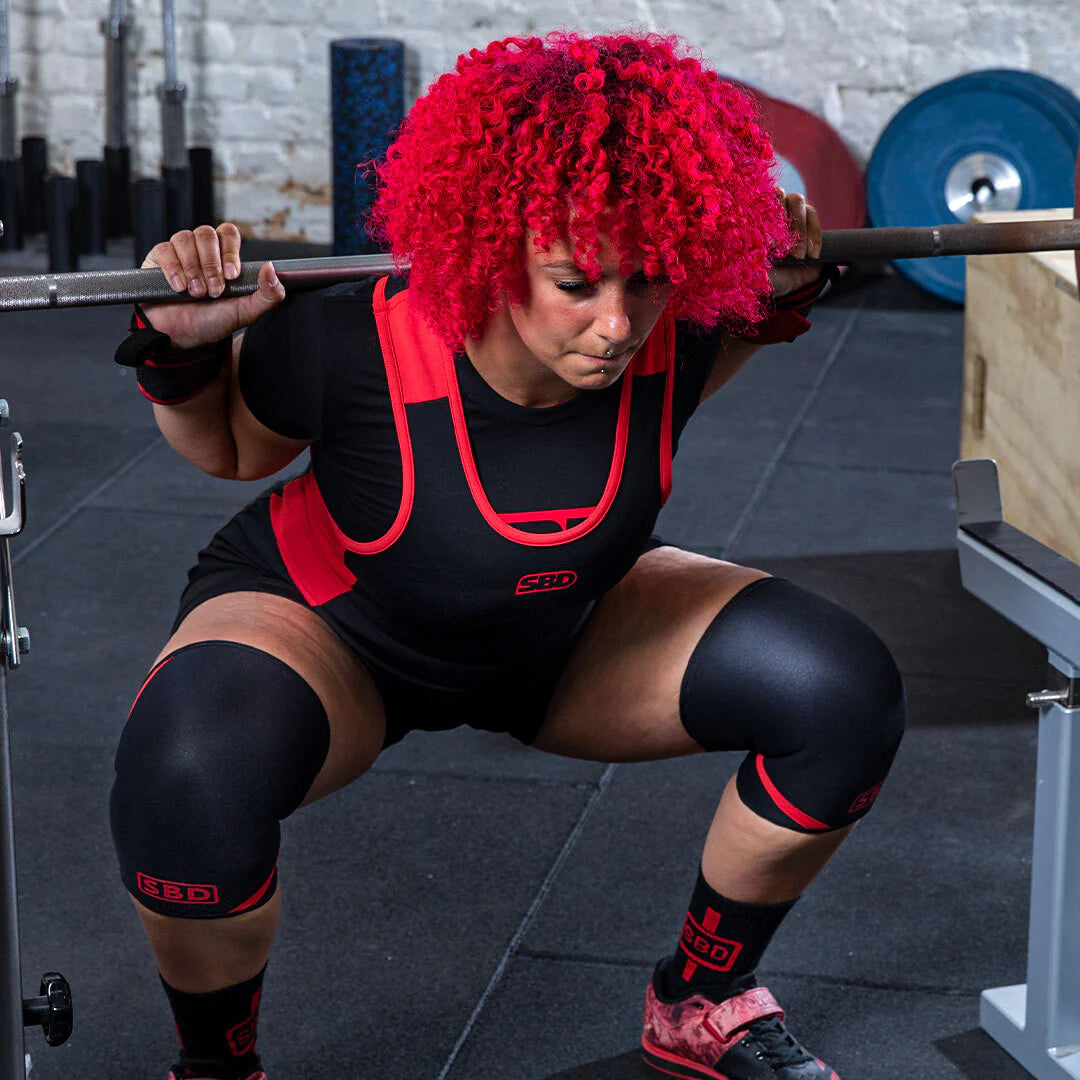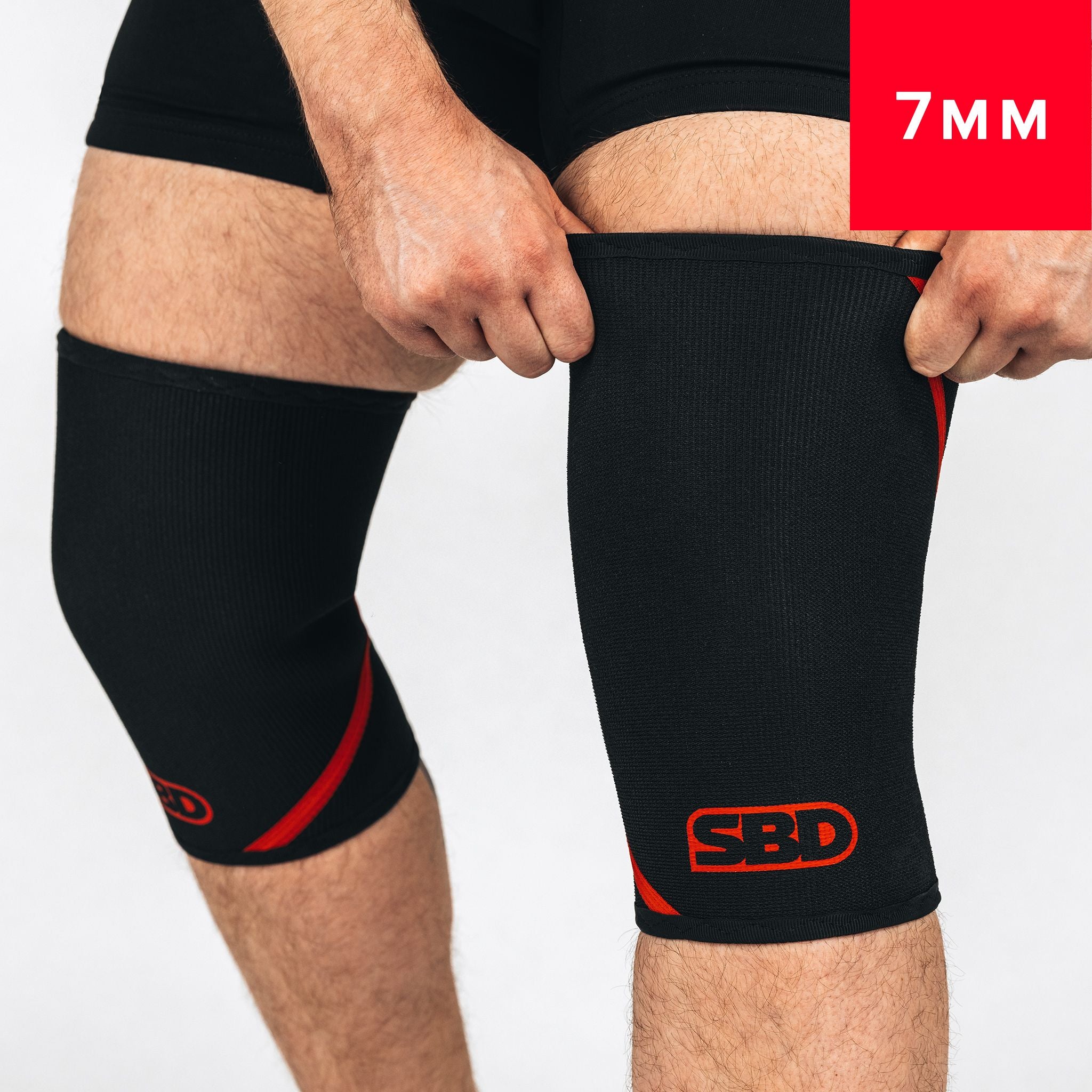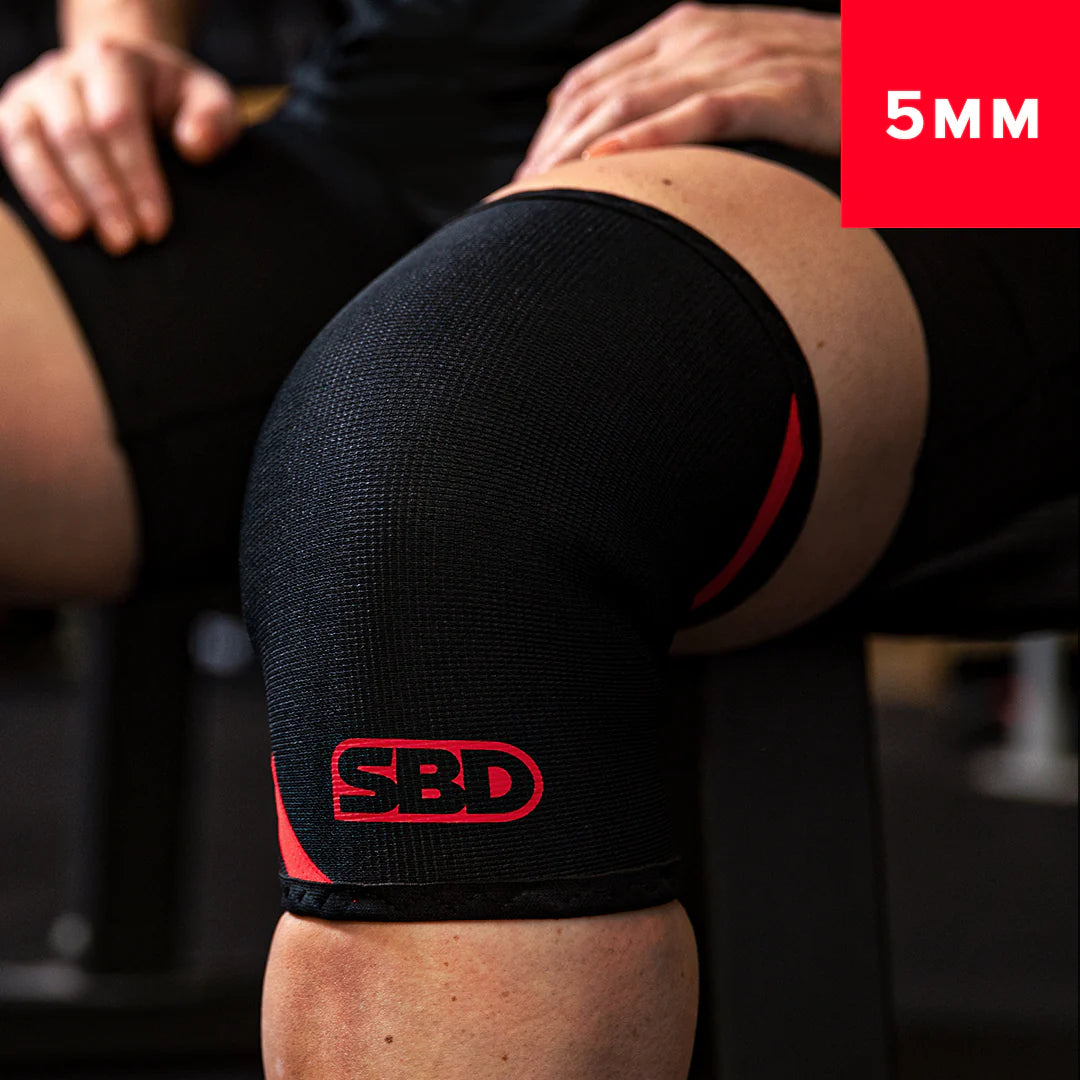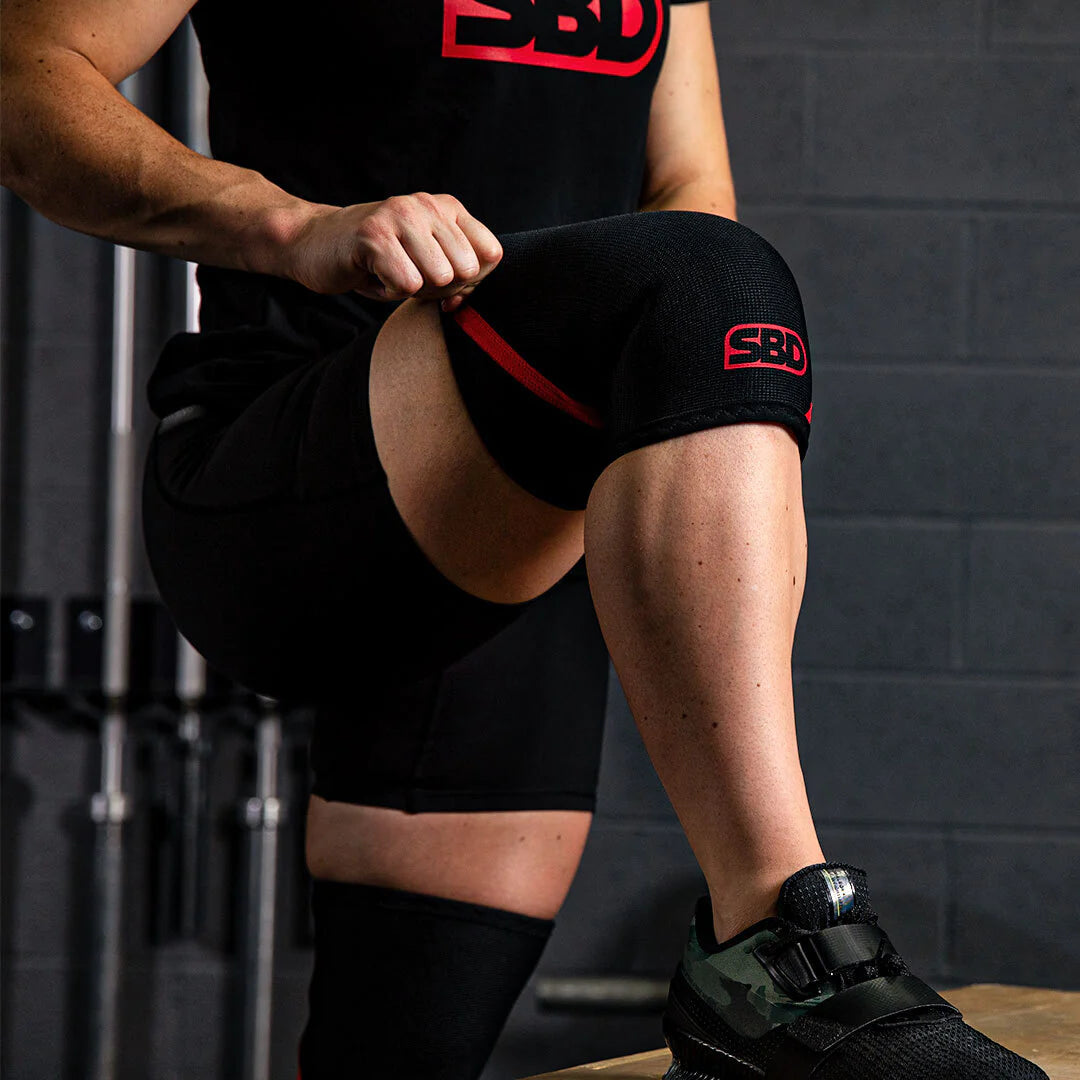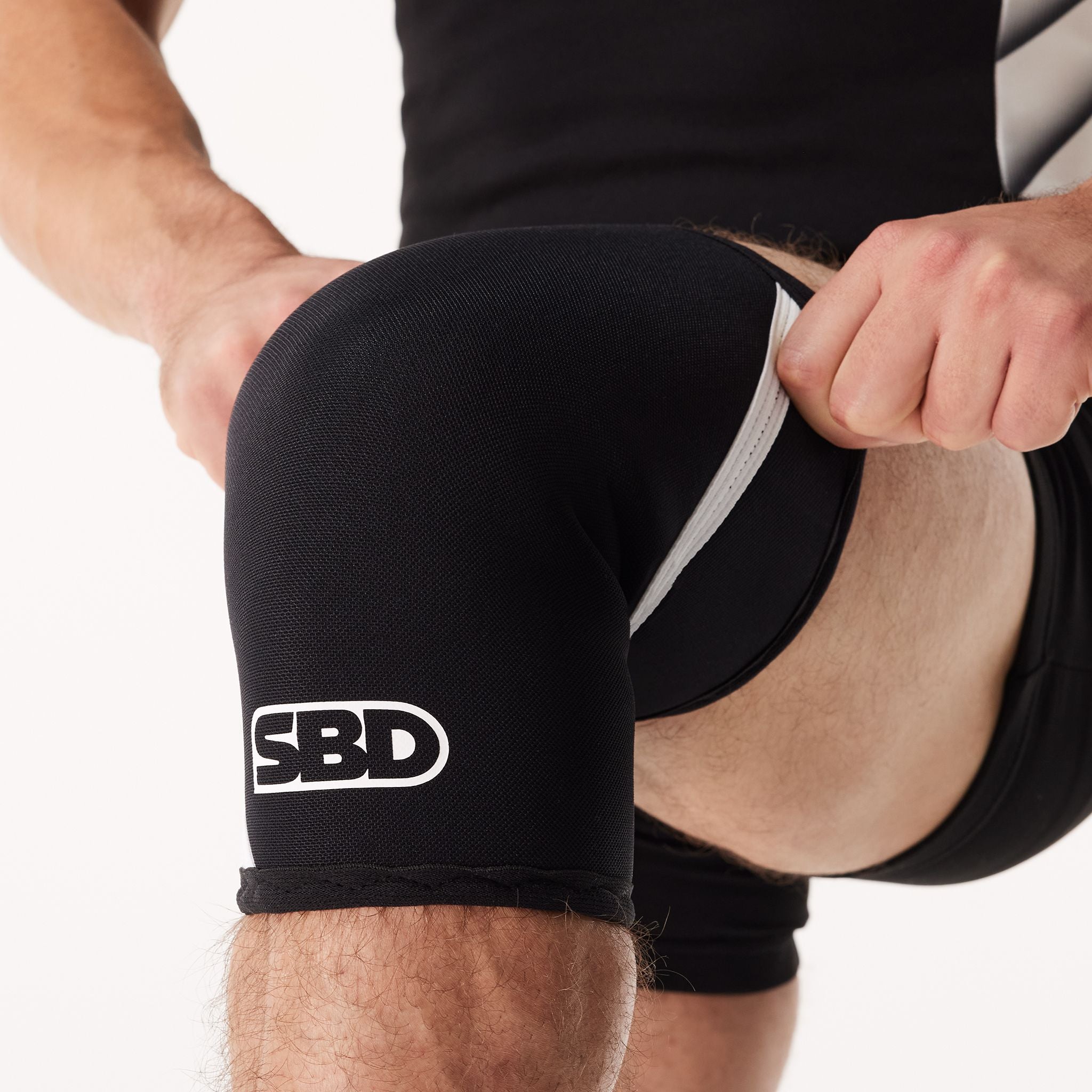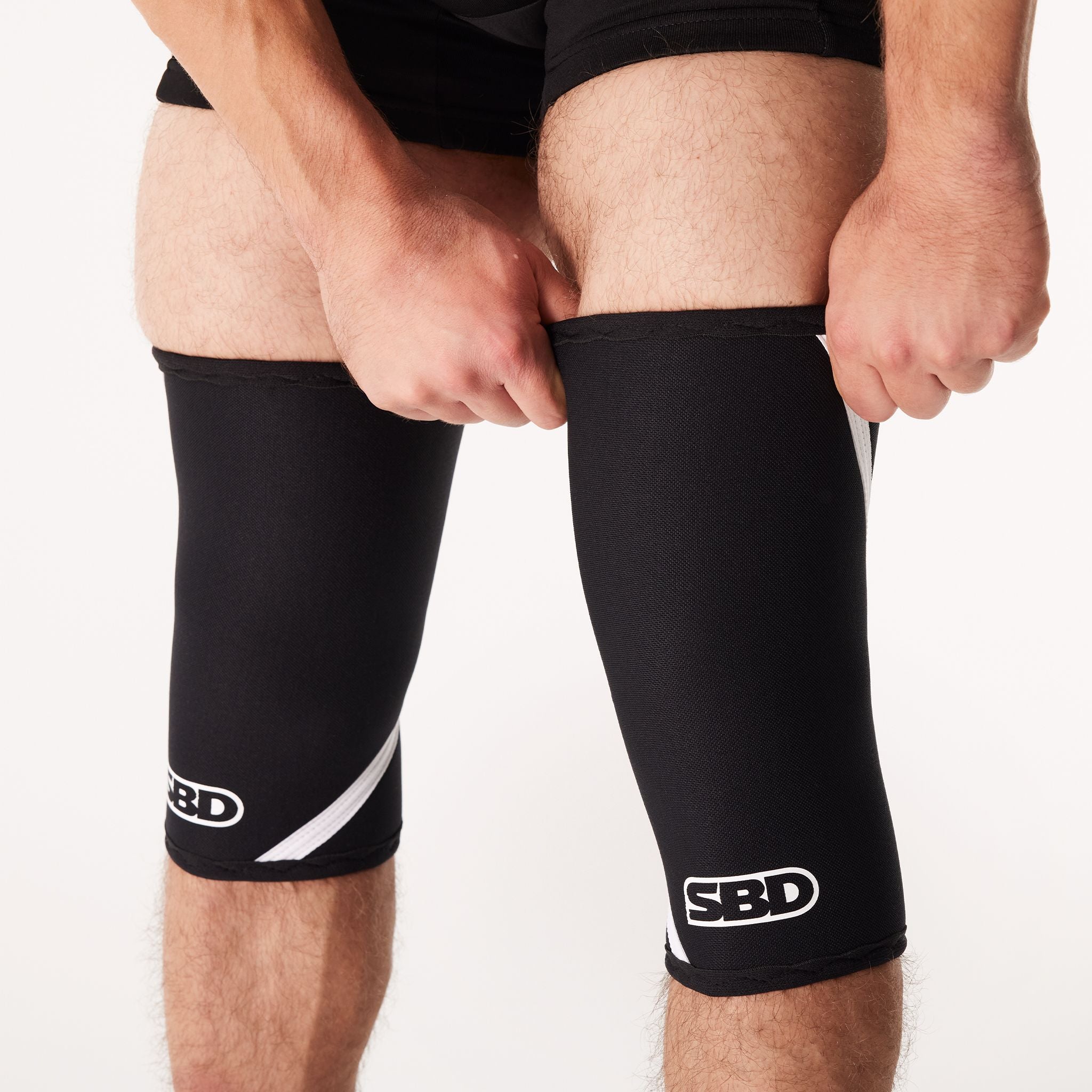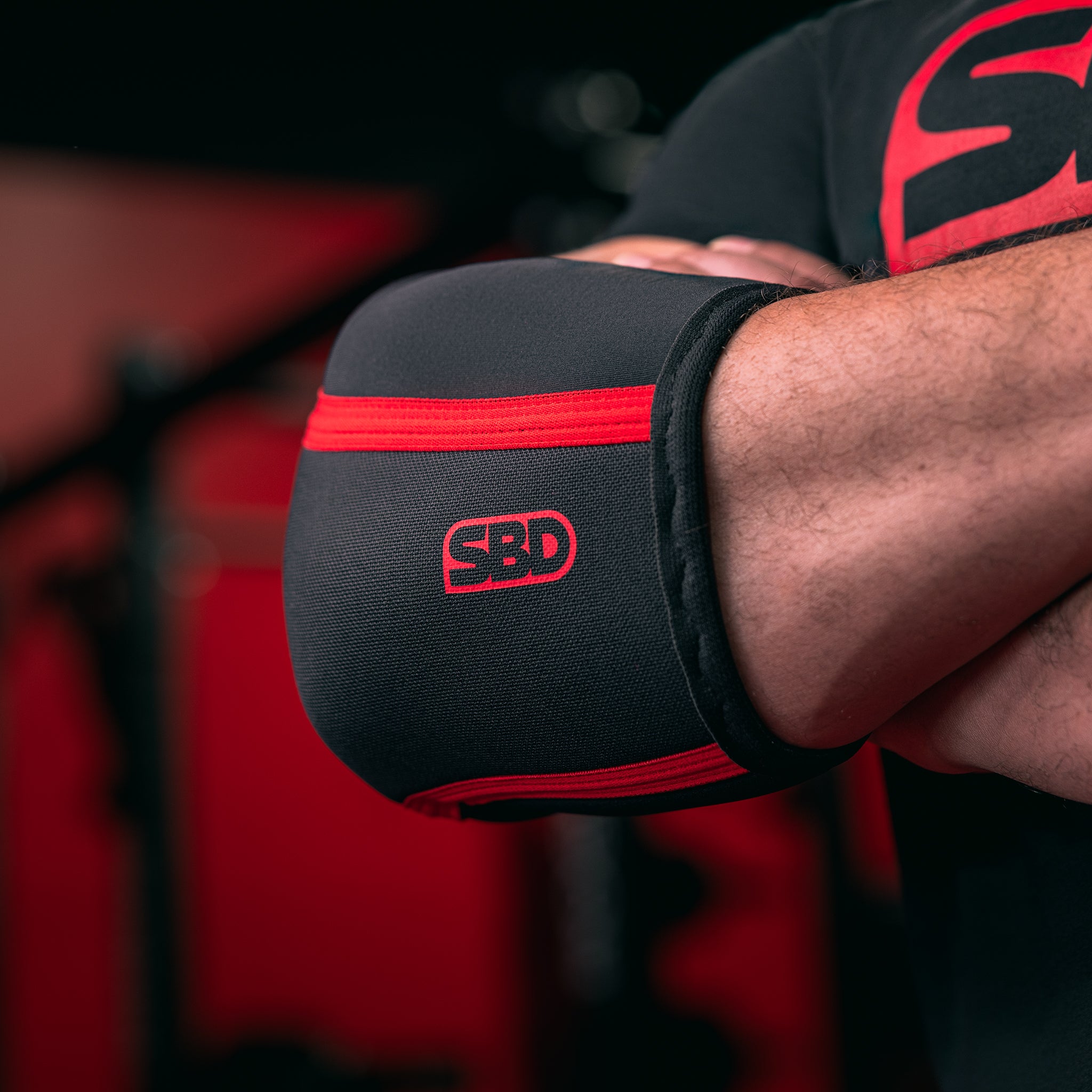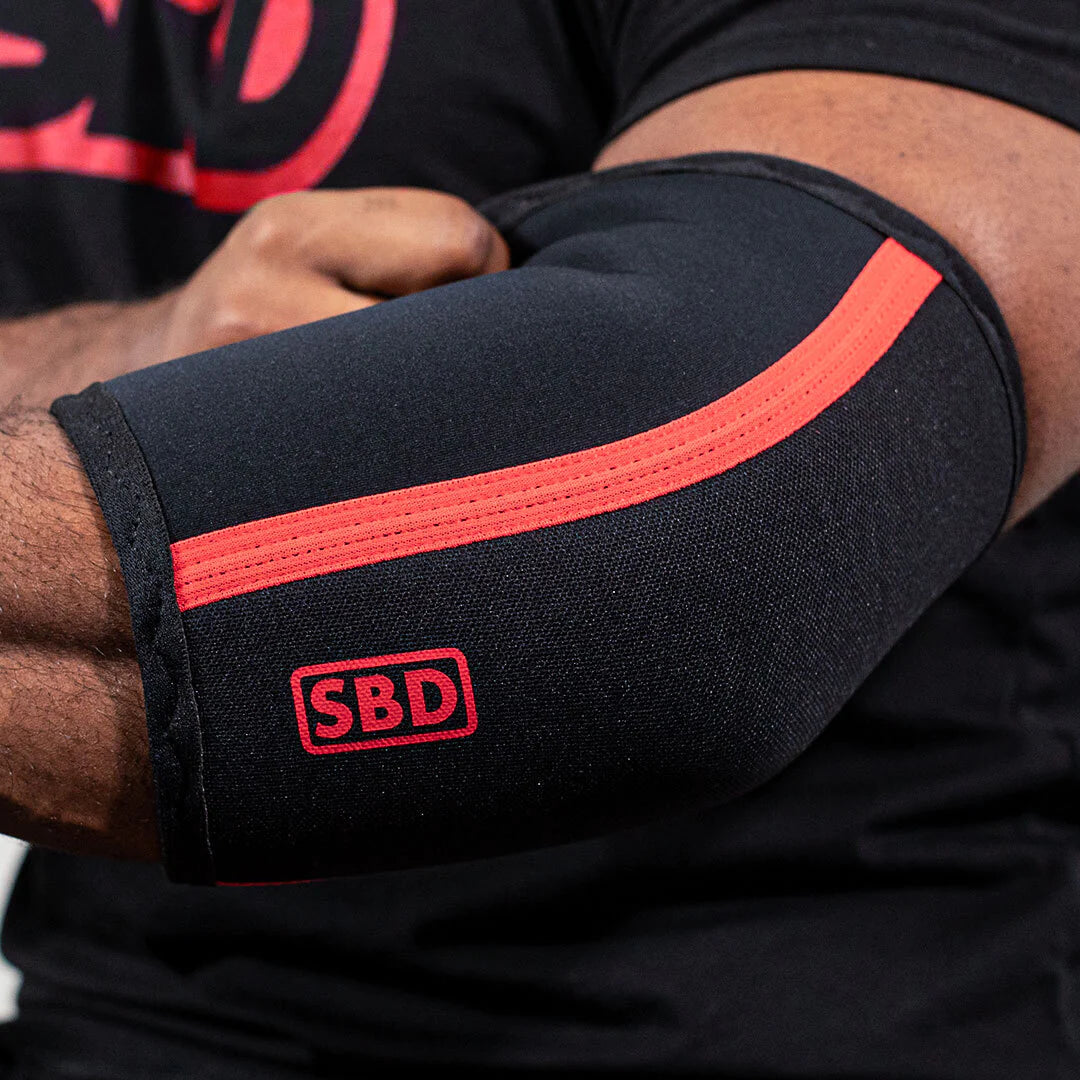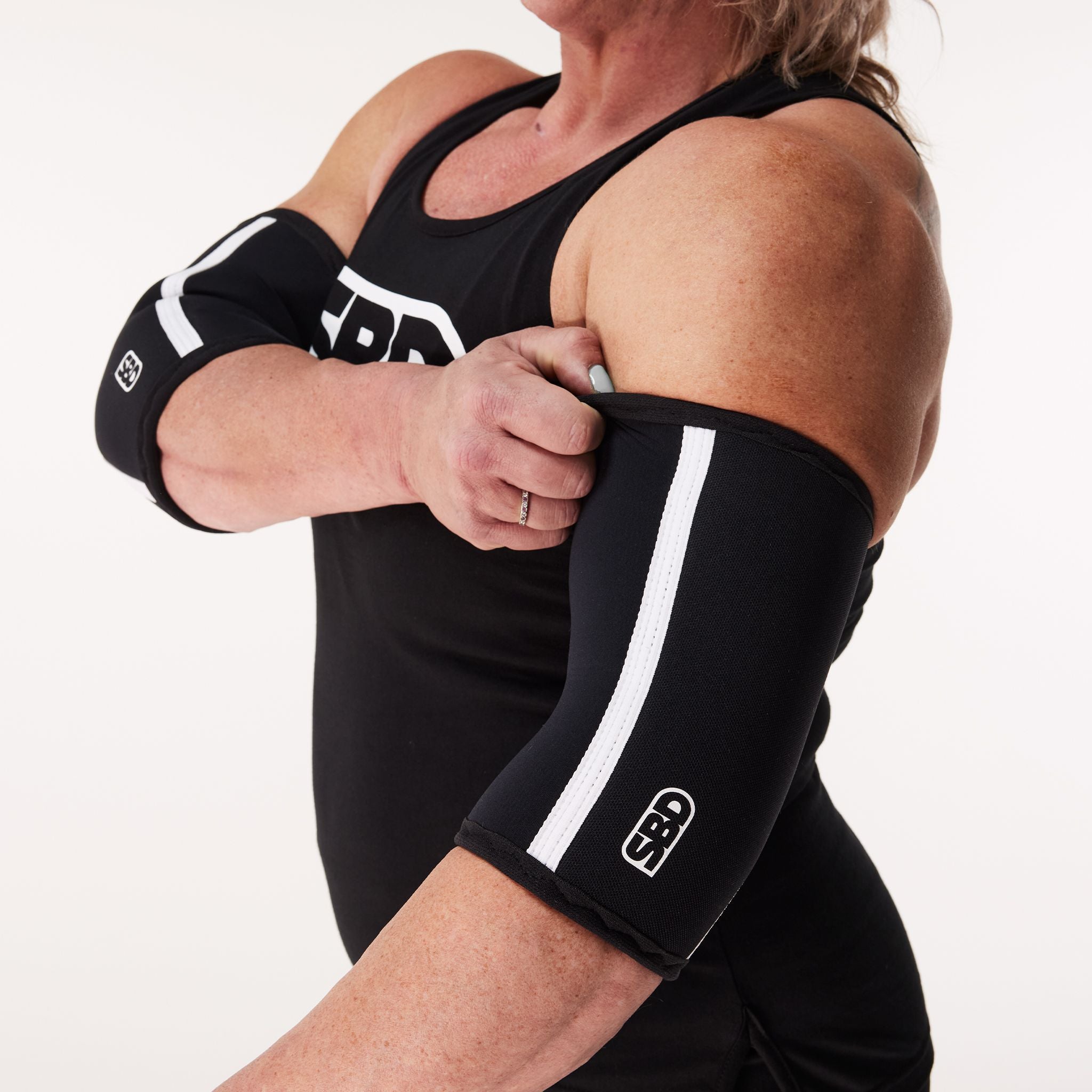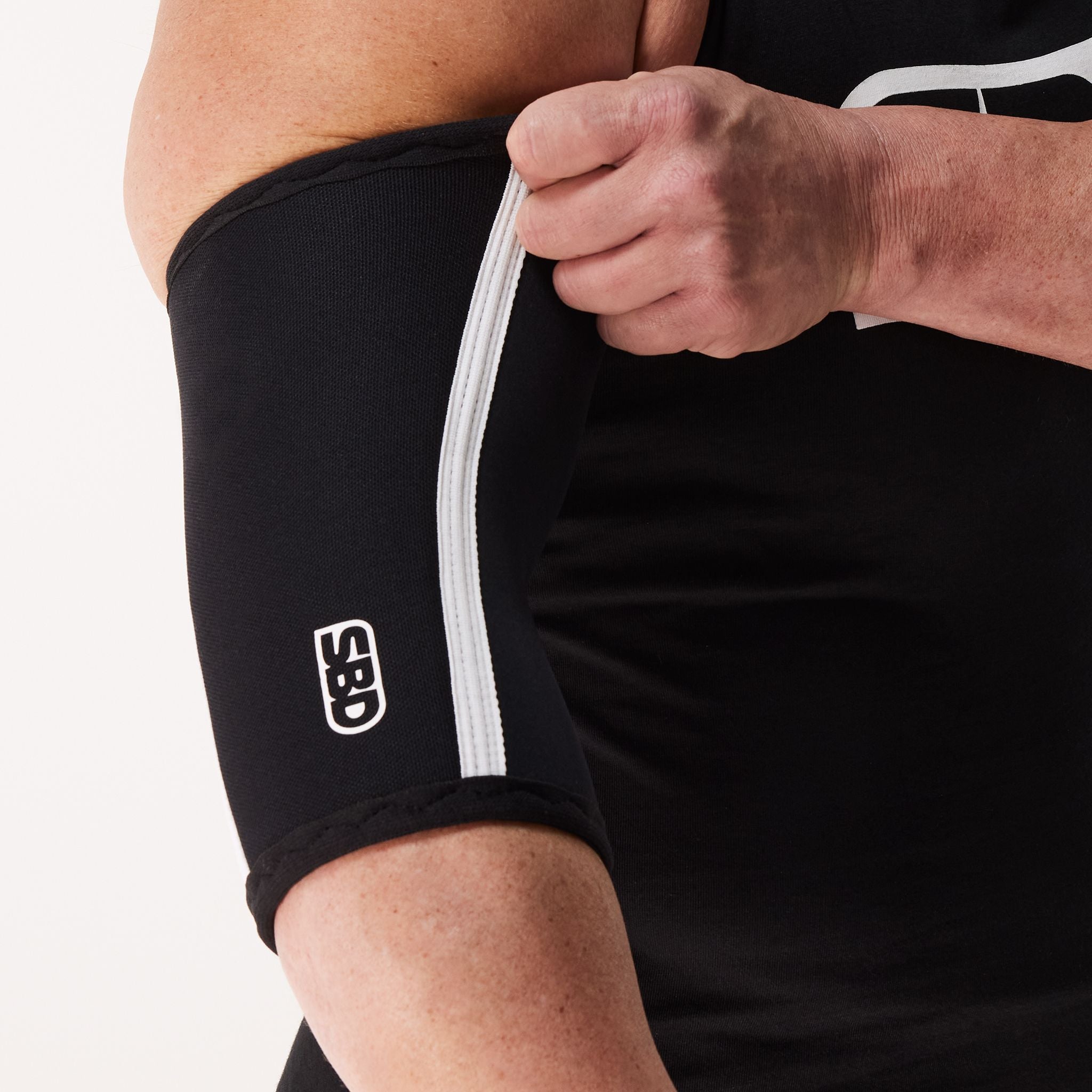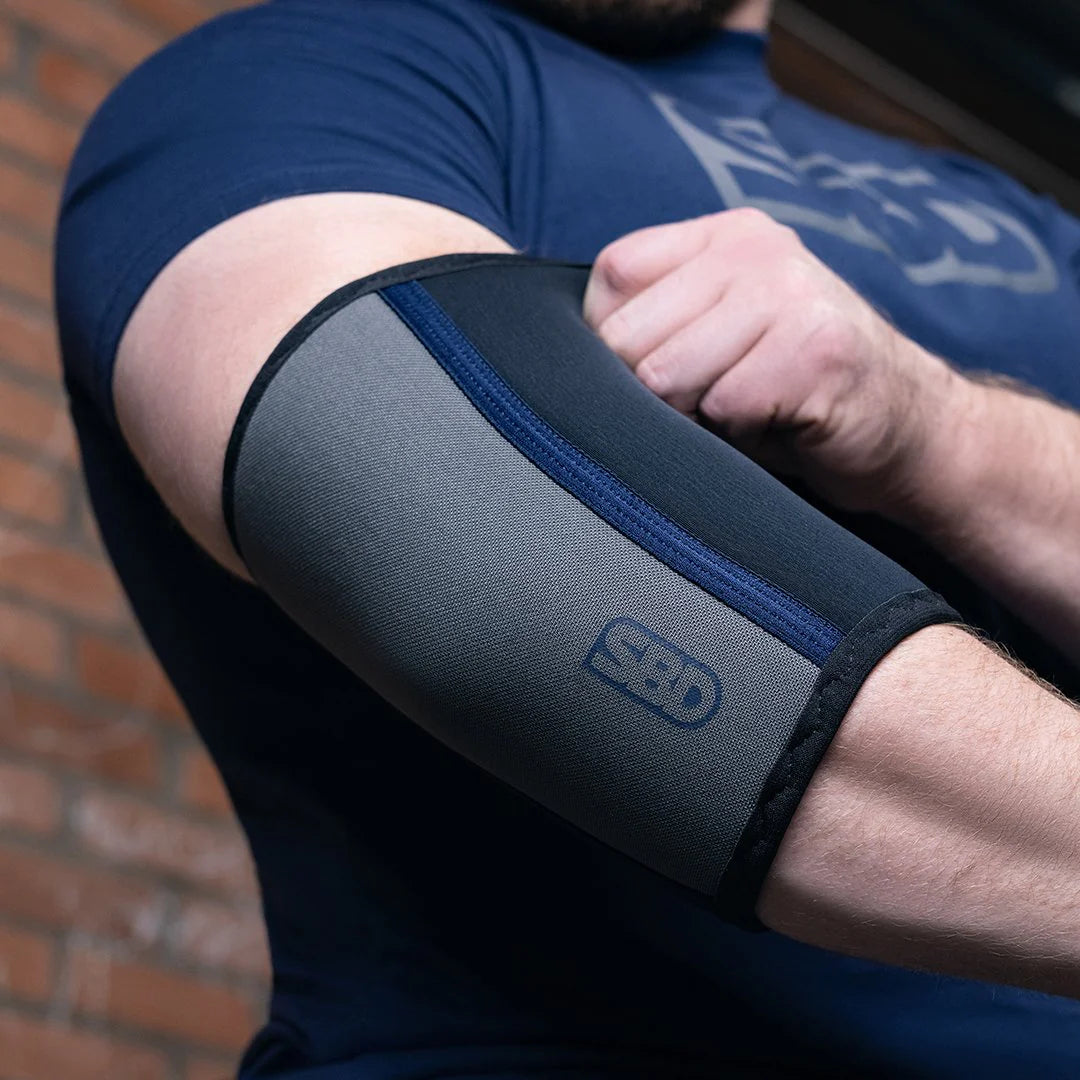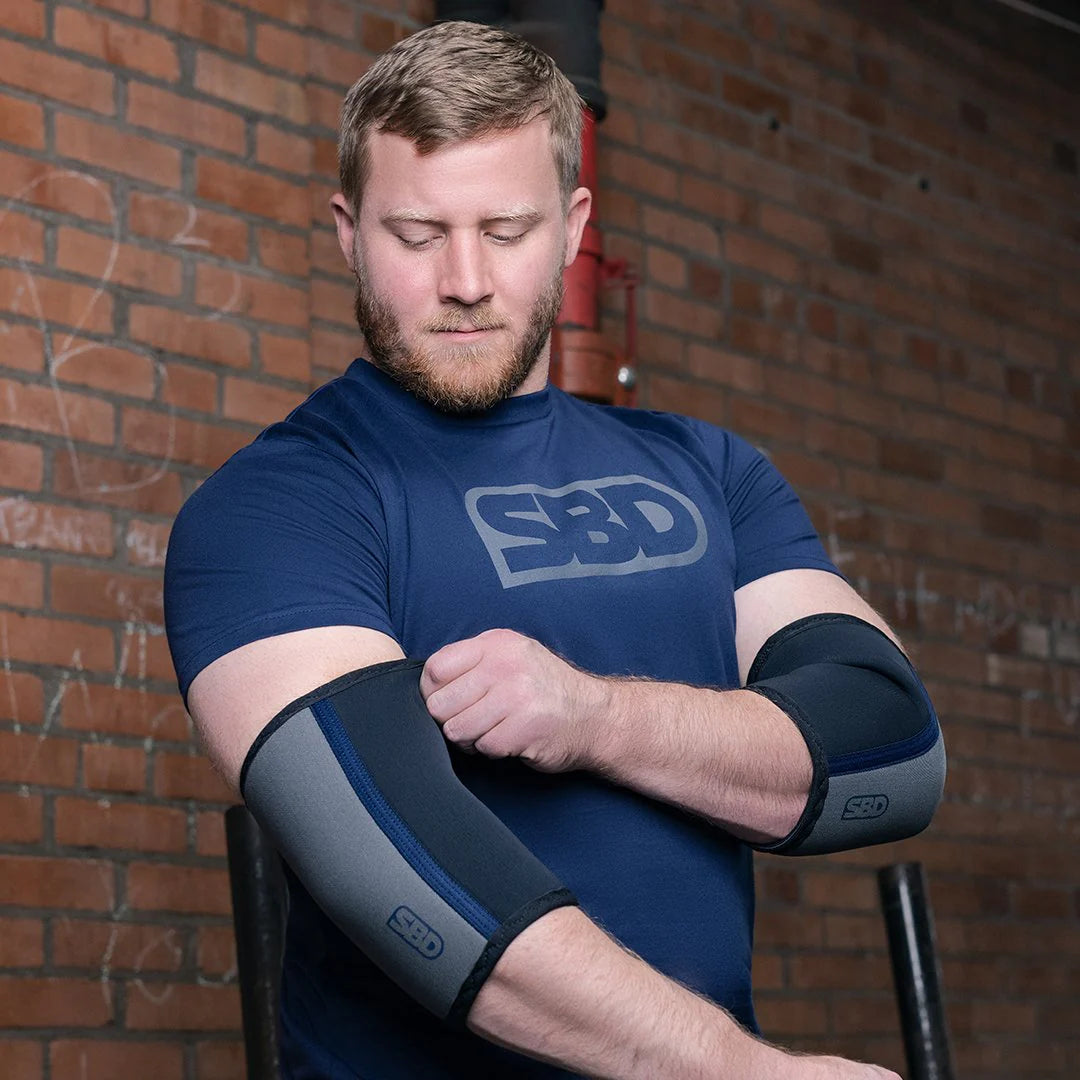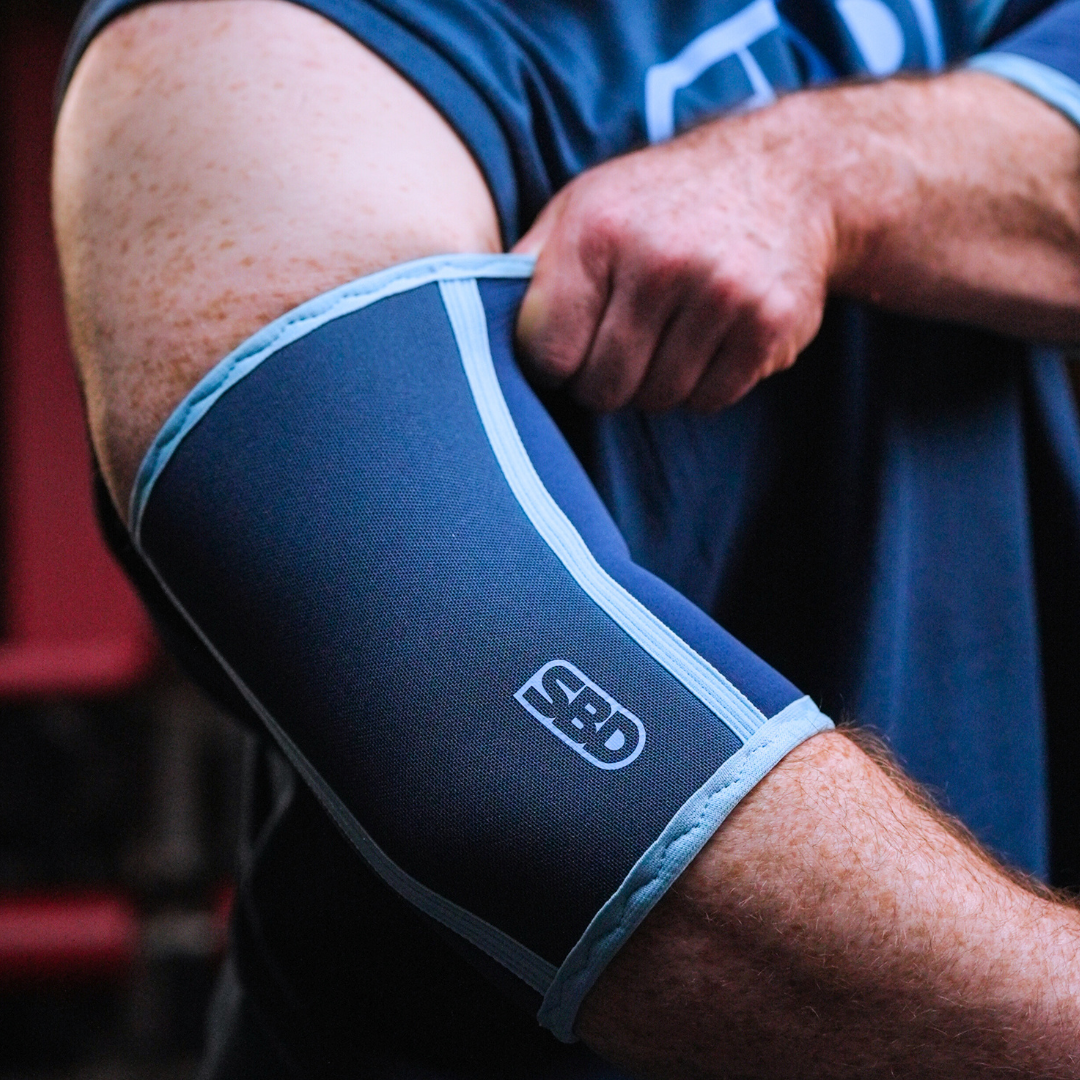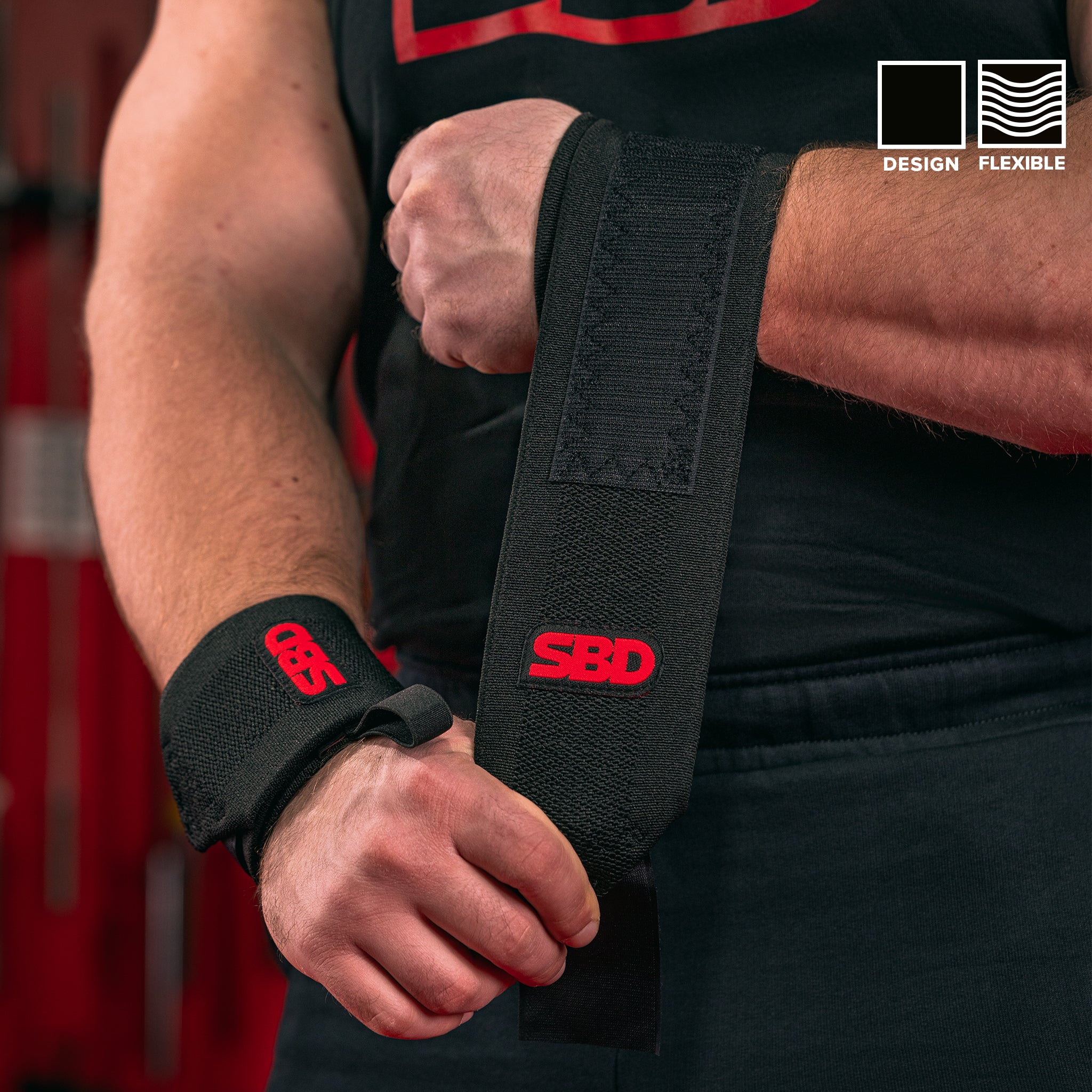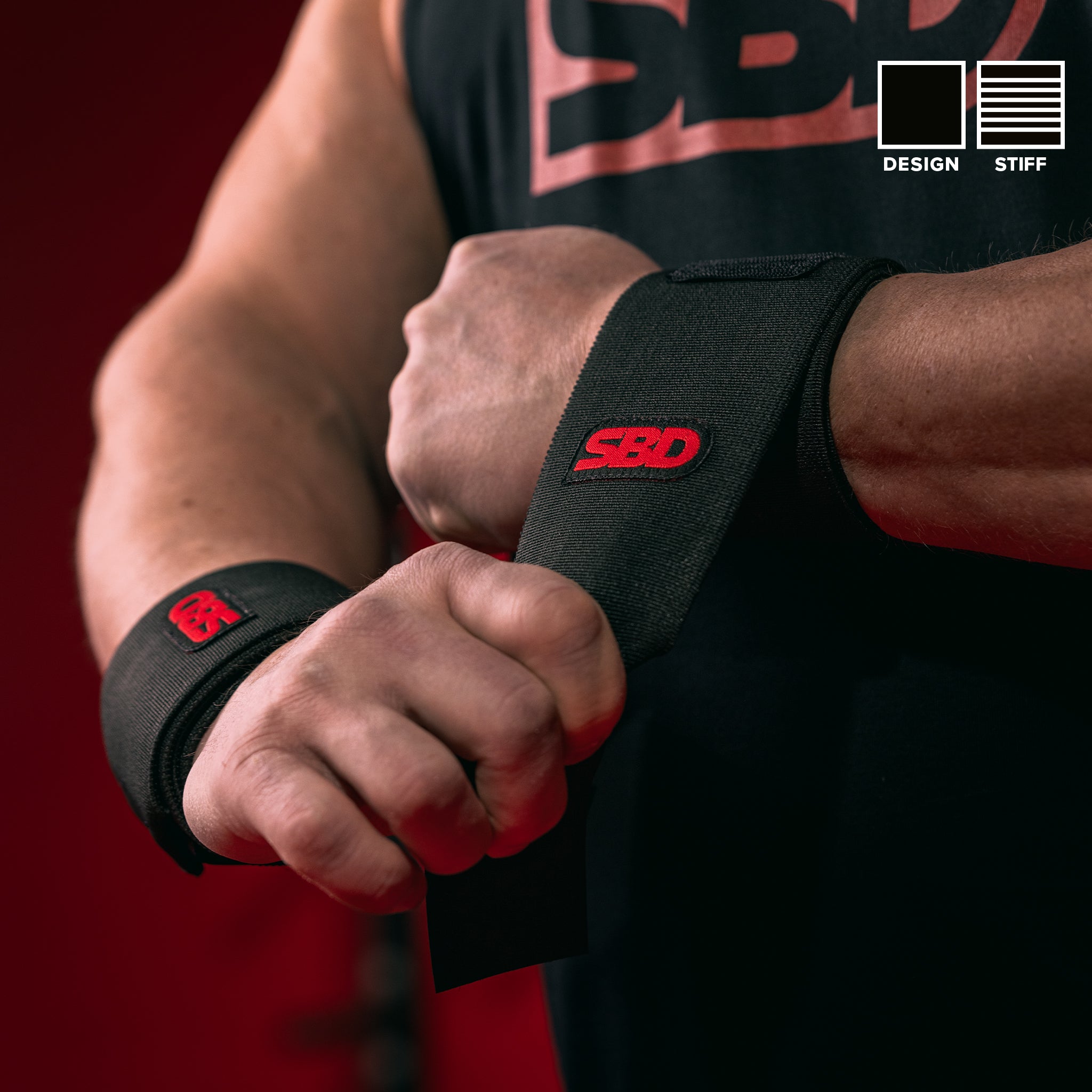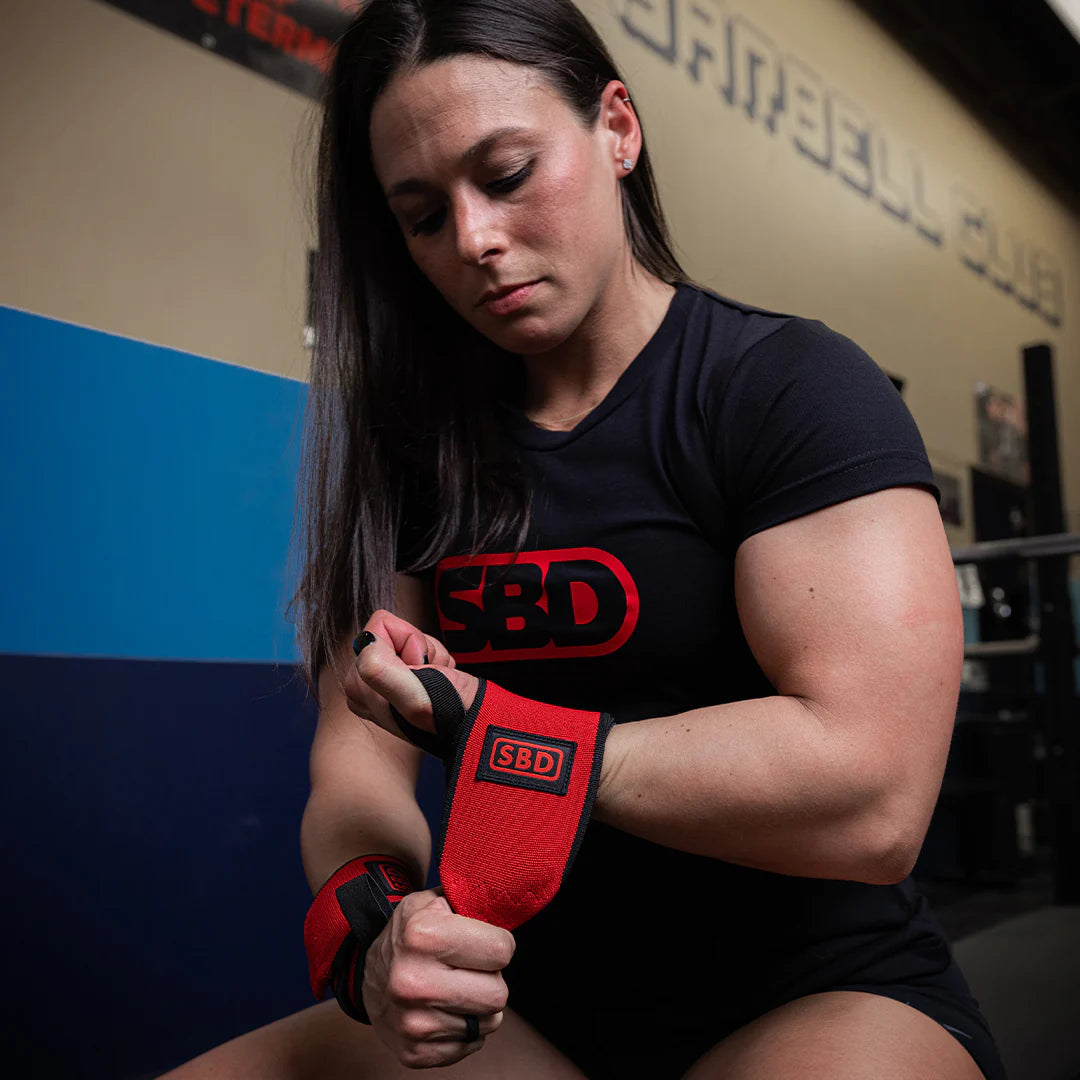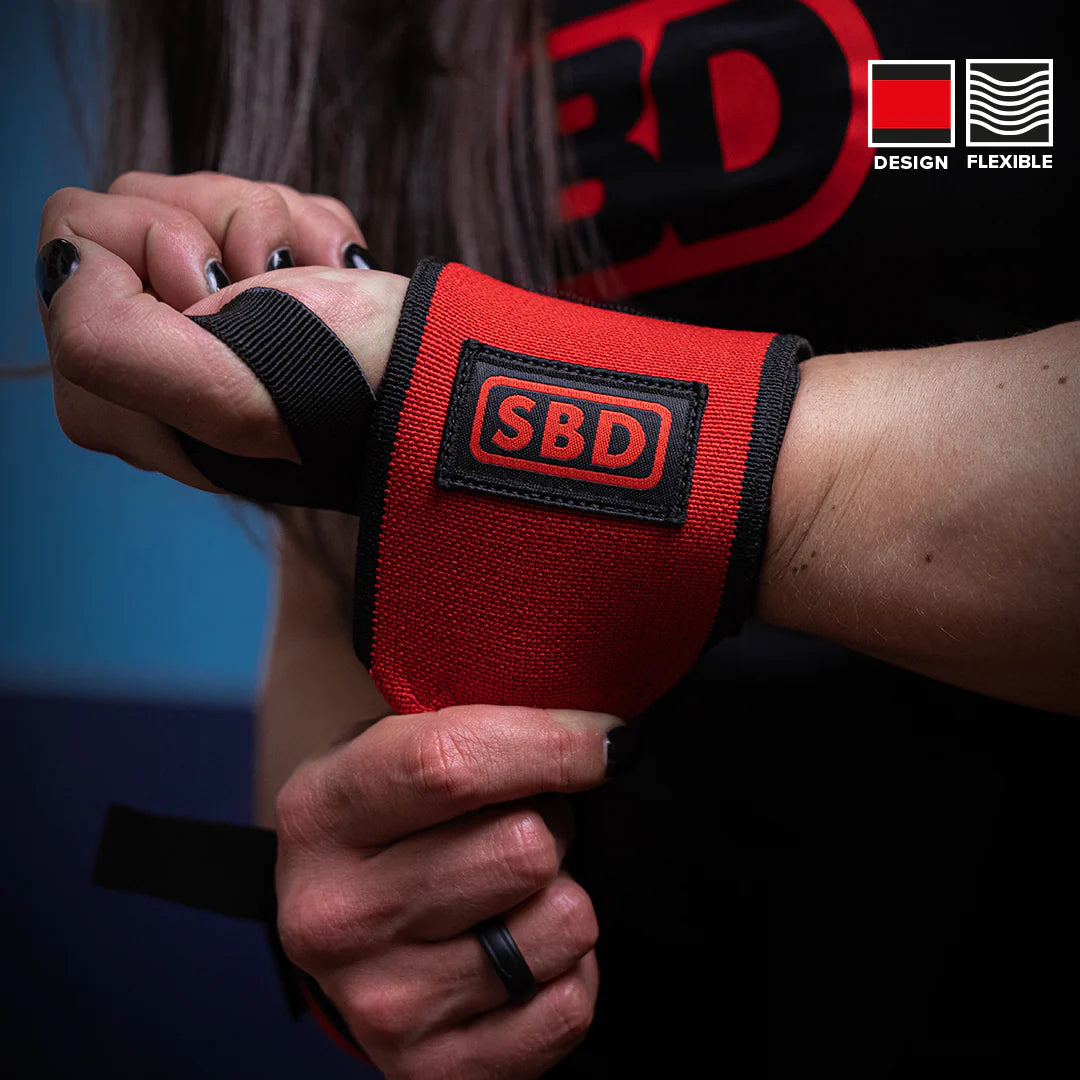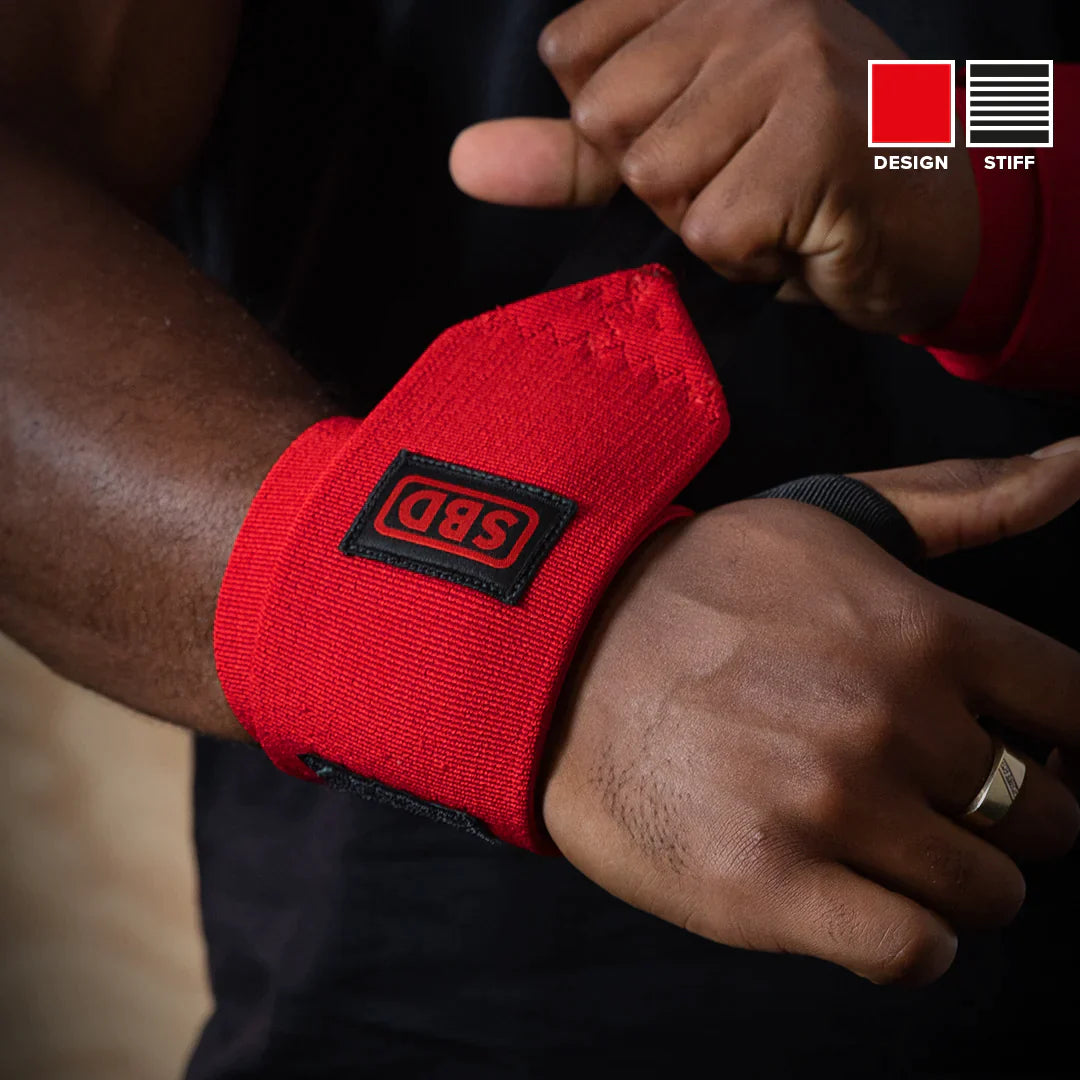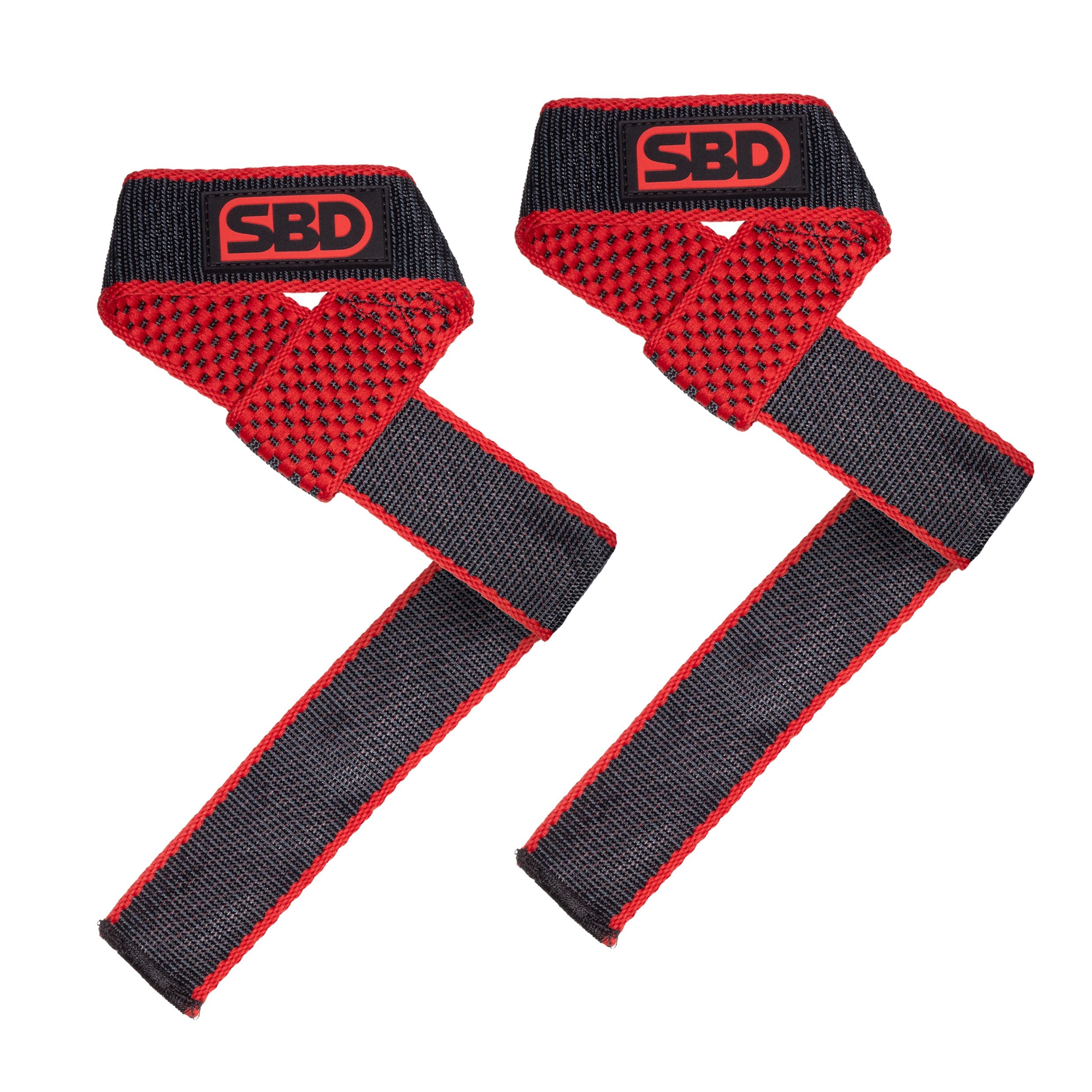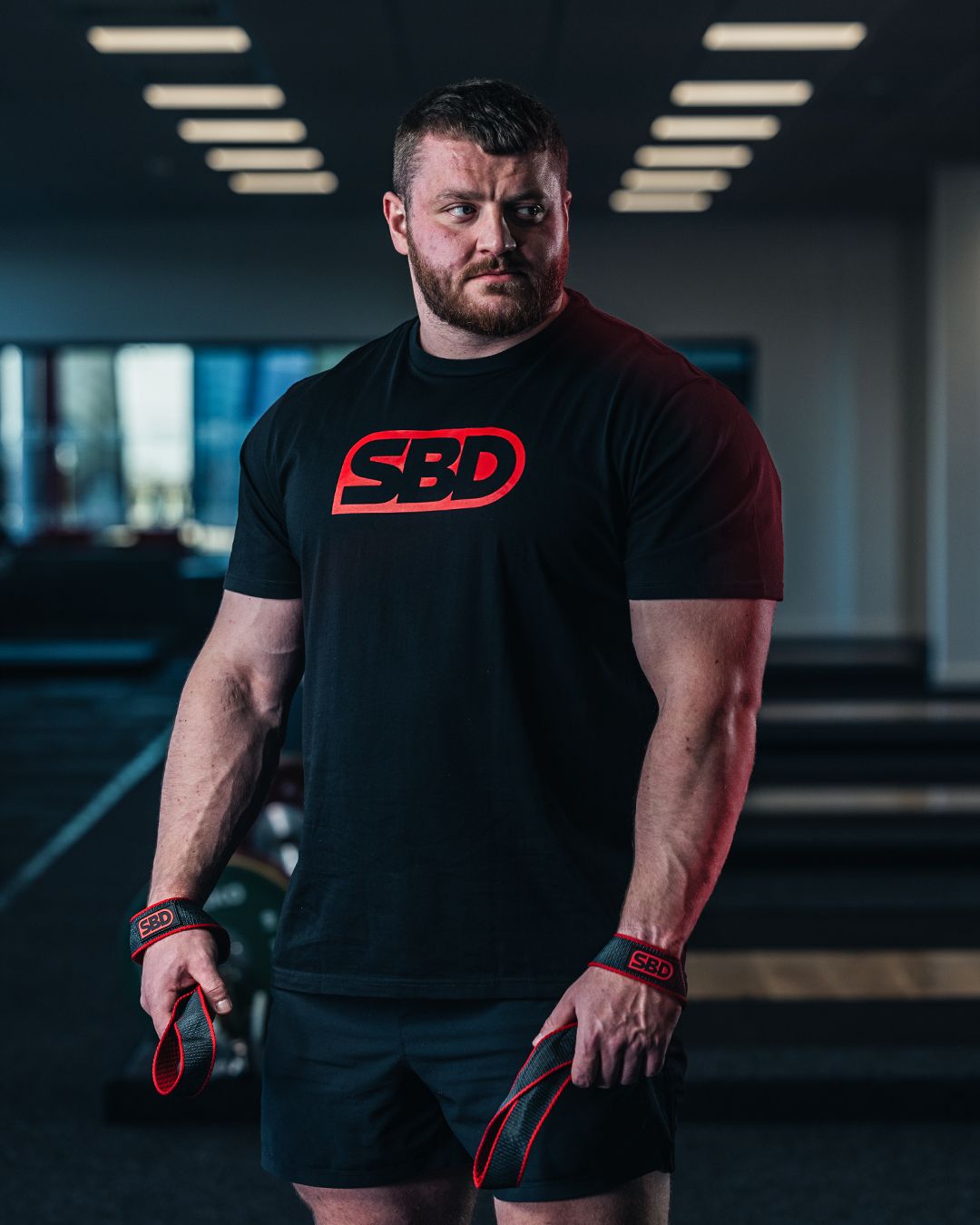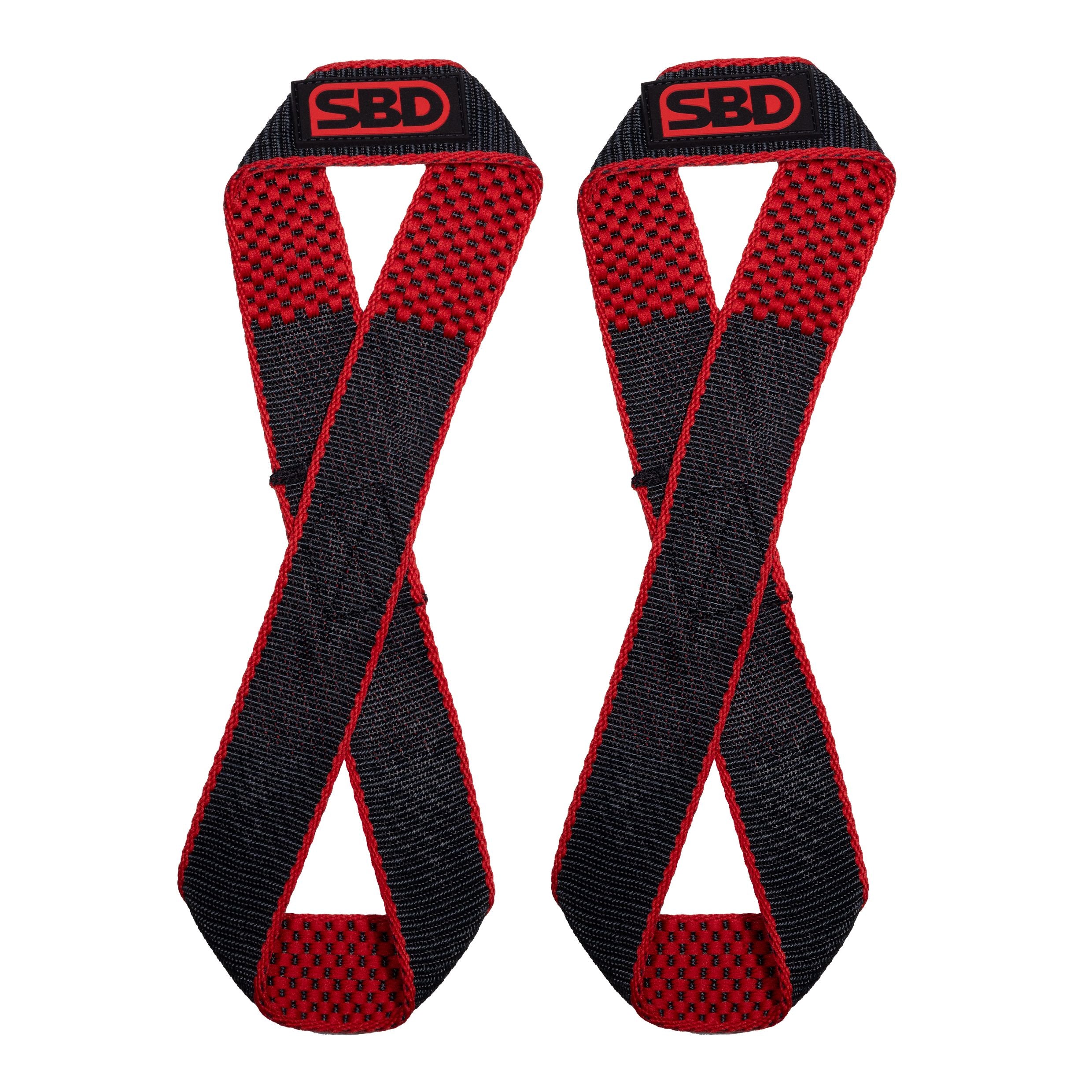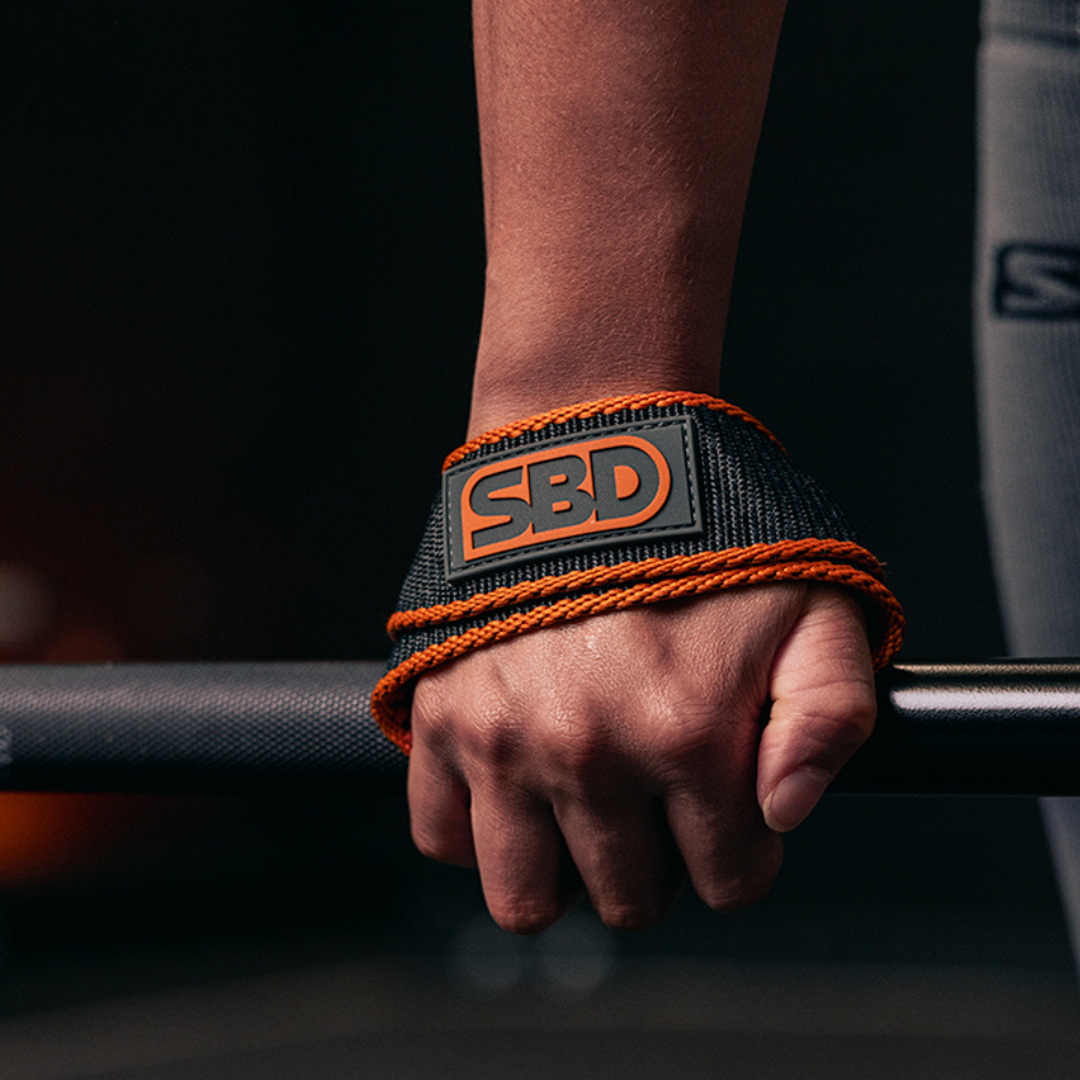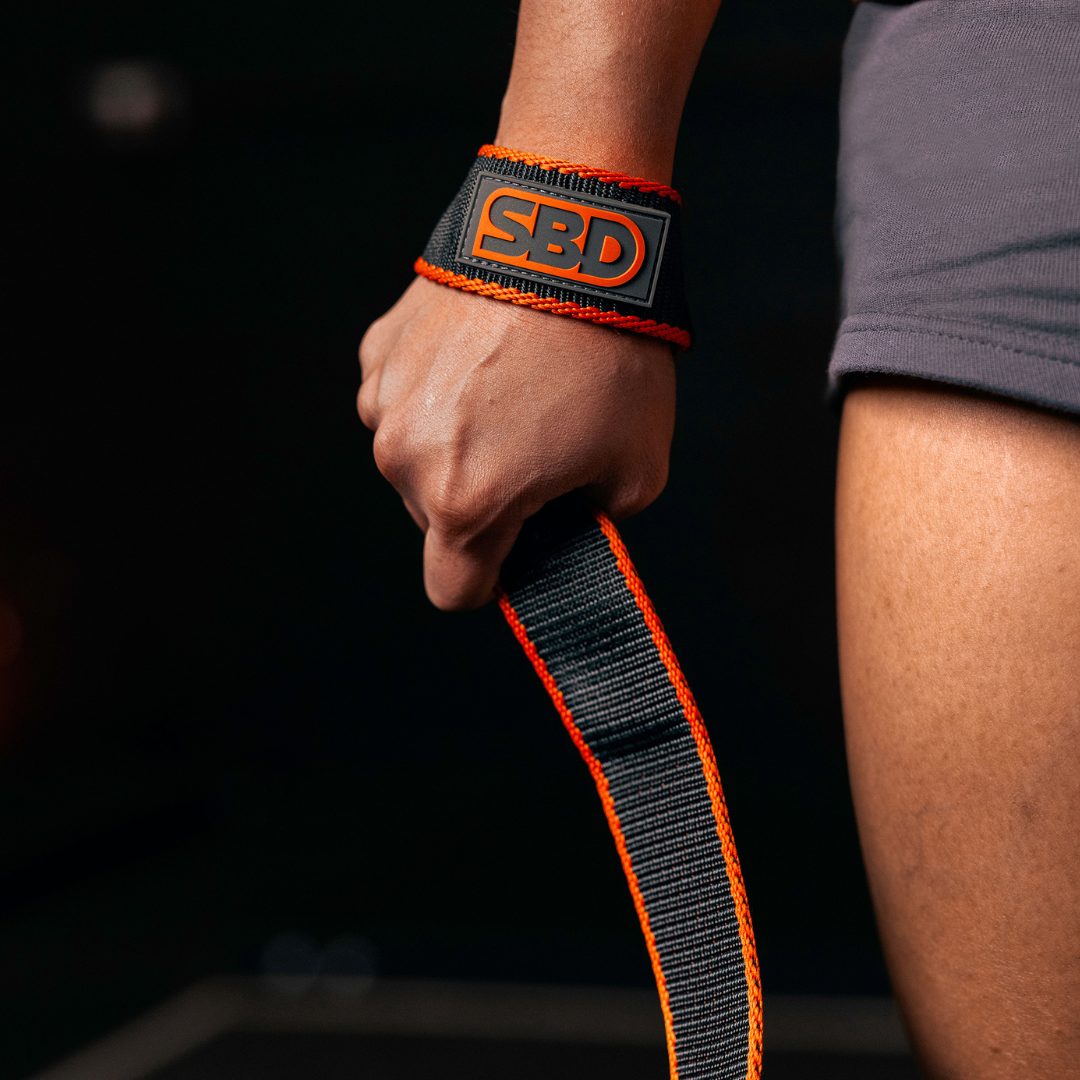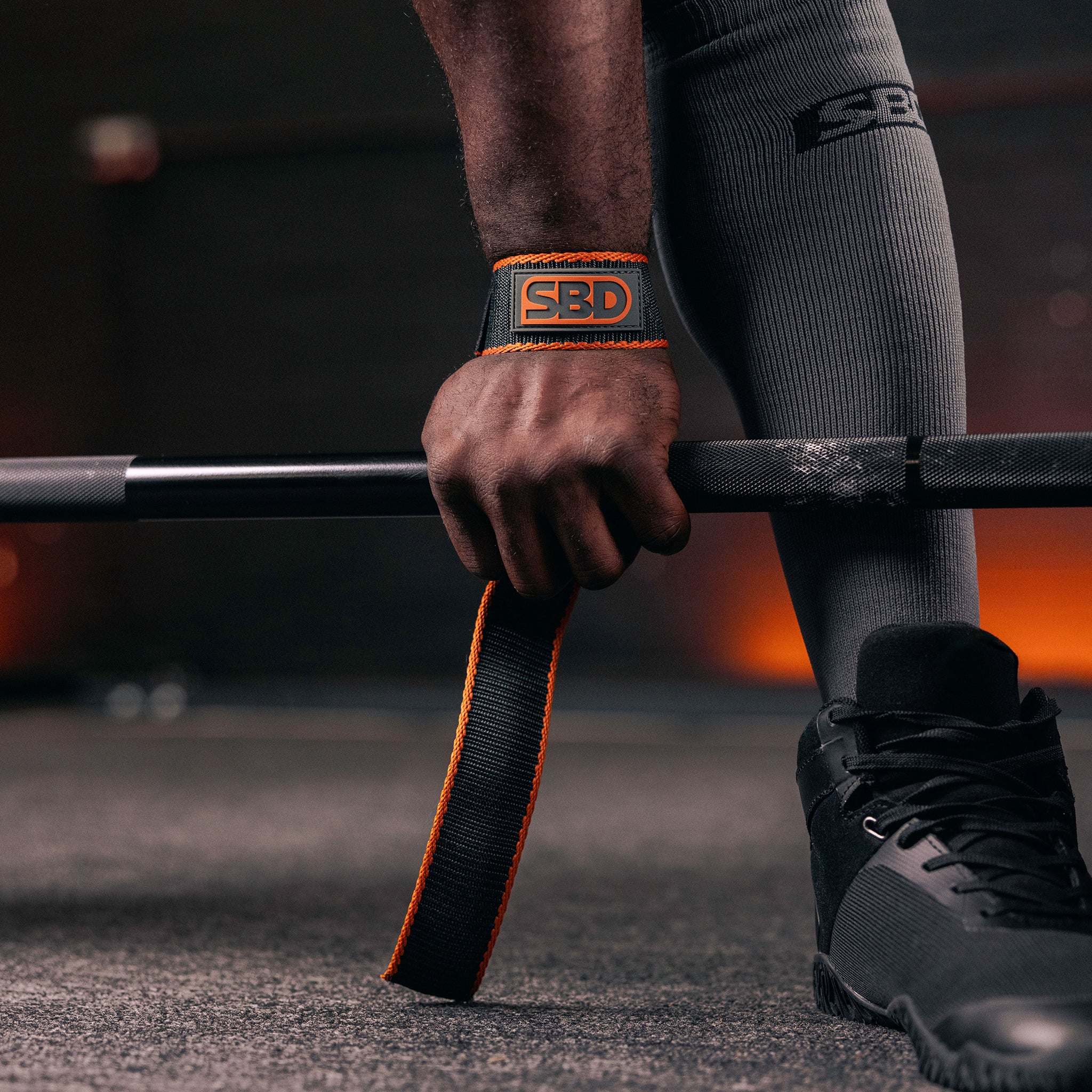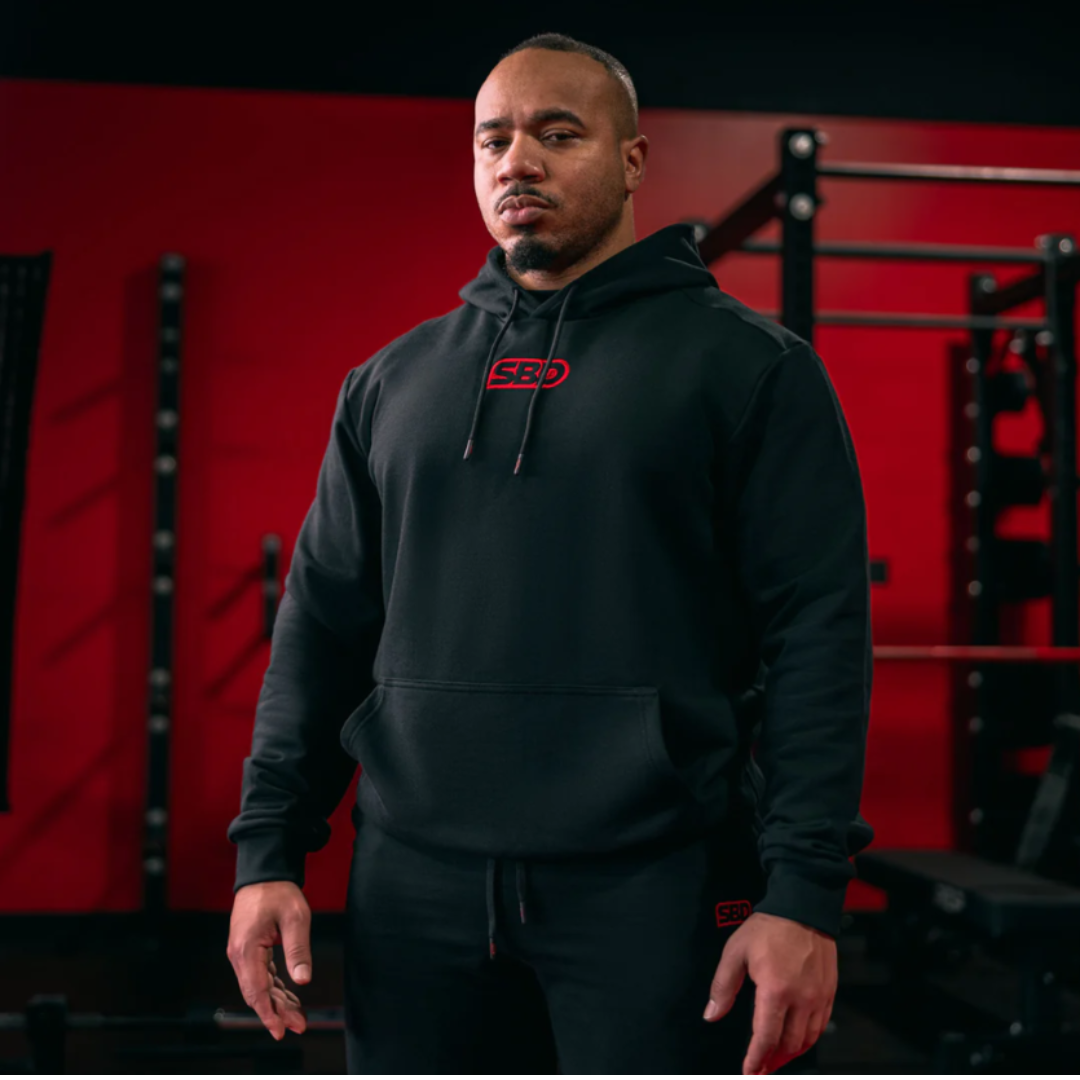Squats are hailed as the king of all exercises. They’re a staple in strength training, athletic performance, and even rehab routines. But there’s an elephant in the room—knee pain. If you've ever felt a twinge, pop, or lingering soreness in your knees after a set of squats, you’re not alone.
The conversation around squats and knee health has long been riddled with myths and fearmongering. Are squats really bad for your knees? Or is the problem deeper than just the movement itself?
Why Squats Matter in Fitness
Functional Benefits of Squats
Squats aren’t just about building bigger legs. They play a massive role in enhancing everyday functionality. From getting off a chair to climbing stairs, the squatting movement is part of our daily biomechanics.
Muscle Groups Activated
Squats engage major muscle groups:
-
Quadriceps
-
Hamstrings
-
Glutes
-
Calves
-
Core stabilisers
When executed properly, squats can distribute stress evenly, improving strength without overloading a single joint—like the knee.
Common Complaints About Knee Pain
Pain During vs. After Squatting
Some lifters report sharp pain mid-squat, while others feel soreness hours or even days later. Both can signal different underlying issues—from poor form to soft tissue irritation.
Misconceptions About Joint Health
One of the biggest myths? “Squats destroy your knees.” In truth, when done right, squats strengthen the knee joint and surrounding structures. Poor form, inappropriate loading, or neglecting warm-ups usually deserve the blame.
The Real Mechanics of Squatting
The Role of Knee Tracking
Your knees should align with your toes—simple as that. Knees caving inward (valgus collapse) increases stress on the ligaments, often leading to discomfort or injury.
Importance of Ankle and Hip Mobility
The squat isn’t just a knee movement. Inflexibility in the ankles or hips forces your knees to compensate. That extra strain is where the pain creeps in.
Anatomy of Knee Pain in Squatting
Ligaments, Tendons, and Cartilage
Understanding the knee helps make sense of the pain:
-
Ligaments (ACL, PCL) stabilise the joint
-
Tendons connect muscle to bone
-
Cartilage cushions the knee cap and femur
Injury or inflammation in any of these parts can spark pain during squats.
Patellofemoral Syndrome and Its Triggers
This condition—often called “runner’s knee”—is common among squatters too. It's usually caused by poor patella tracking due to muscular imbalances or bad technique.
Are You Squatting Correctly?
Ideal Form Explained
Here’s a basic checklist for safe squatting:
-
Chest up
-
Core braced
-
Knees in line with toes
-
Heels flat on the ground
-
Hips back, not knees forward
Mistakes That Wreck Knees
-
Letting knees go past toes excessively
-
Rounding the lower back
-
Bouncing at the bottom of the squat
-
Skipping warm-ups
Types of Squats and Their Impact
Back Squat vs. Front Squat
Back squats place more load on the hips and lower back, while front squats shift tension to the quads and core. Front squats generally reduce knee stress due to a more upright torso.
Goblet, Zercher & Bulgarian Split Squats
These variations are great for correcting form and targeting specific muscles. The Bulgarian split squat, in particular, demands balance and stability, helping to build knee resilience when done correctly.
When Squats Are the Culprit
Load Management & Overtraining
Doing too much, too fast is a surefire path to injury. Progressive overload is great—but without proper recovery, even “perfect” form won’t save your knees.
Structural Imbalances and Mobility Limits
Flat feet, weak glutes, or tight hip flexors can alter squat mechanics, pushing knees into vulnerable positions.
How to Prevent Knee Pain
Warm-ups and Mobility Drills
Start every session with 5–10 minutes of dynamic warm-up:
-
Leg swings
-
Ankle circles
-
Bodyweight squats
Prehab Exercises That Work
Include exercises like:
-
Terminal knee extensions
-
Glute bridges
-
Clamshells
They prime your knees and hips for load-bearing movements.
Modifications for Safer Squats
Box Squats, Partial Reps, Tempo Squats
For those recovering from pain or new to squatting:
-
Box squats control depth
-
Partial reps reduce joint angle stress
-
Tempo squats build control and reduce momentum
These tweaks maintain strength gains while protecting vulnerable knees.
Recovery Strategies for Sore Knees
Icing, Elevation, and Rest Intervals
Acute soreness? Try:
-
15–20 minutes of ice therapy
-
Elevation to reduce swelling
-
A 48-hour rest from lower-body workouts
When to See a Physiotherapist
If knee pain persists despite proper form and rest, consult a physiotherapist. You may need a tailored rehab plan or gait analysis.
FAQs About Squats and Knee Pain
Q1: Are deep squats bad for your knees?
No, as long as your form is correct and you’ve built up the mobility and strength to squat deep.
Q2: Can I squat with arthritis in my knees?
Yes, but with modifications and approval from a healthcare provider. Focus on lighter loads and controlled movements.
Q3: Should I avoid squats if my knees hurt?
Temporary rest is fine, but long-term avoidance can weaken your knees. Instead, adjust the exercise.
Q4: What’s the safest squat variation for bad knees?
Goblet squats and box squats reduce load and encourage proper tracking.
Q5: Do knee sleeves help?
Yes, they offer warmth and support, but they’re not a fix for poor technique.
Q6: How often should I squat per week?
2–3 times per week with rest days in between is generally safe for most people.
Conclusion: Rebuilding Confidence in the Squat
Knee pain and squats are often linked—but they shouldn’t be. With proper technique, mobility work, and progressive training, squats can be one of the safest and most beneficial movements in your fitness journey. Don’t let fear steer you away. Instead, train smarter, not harder, and reclaim your squat strength with confidence.

